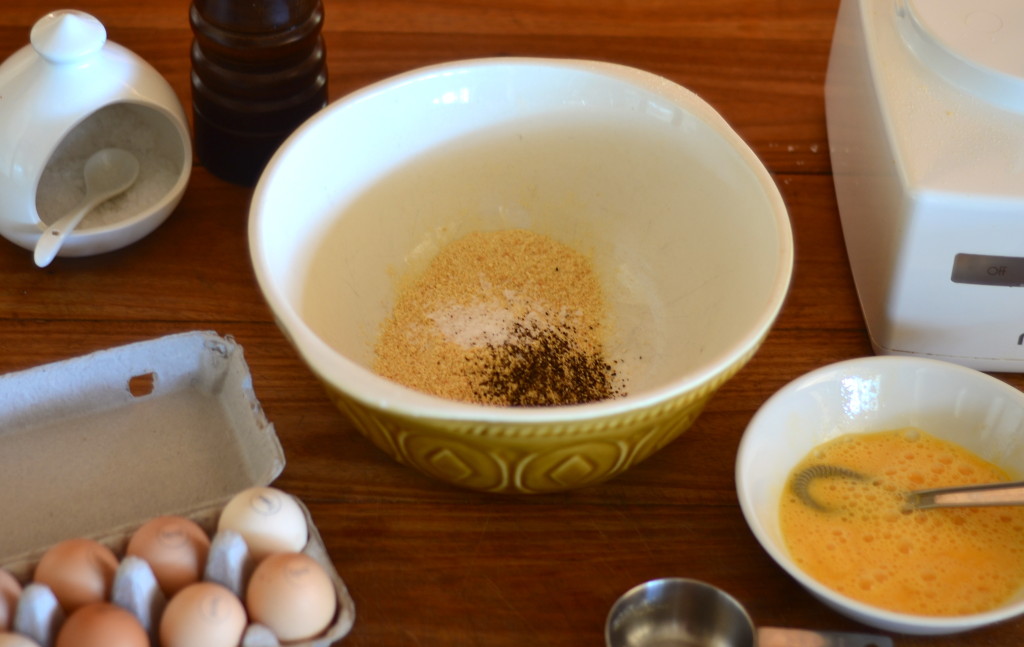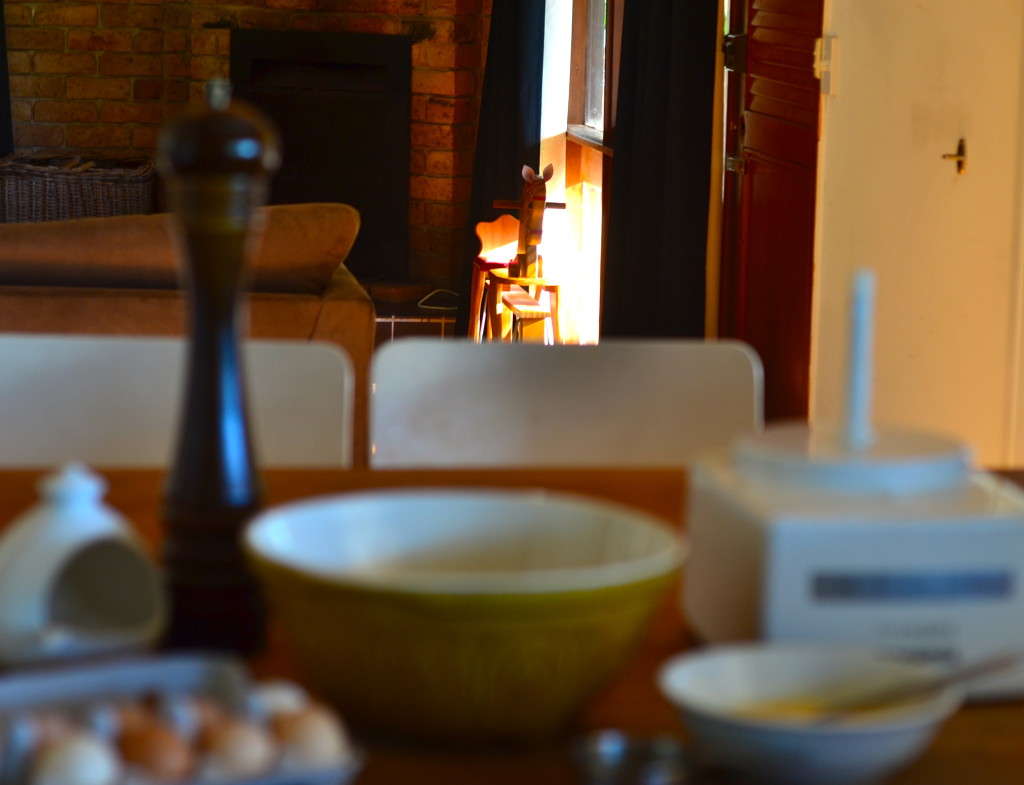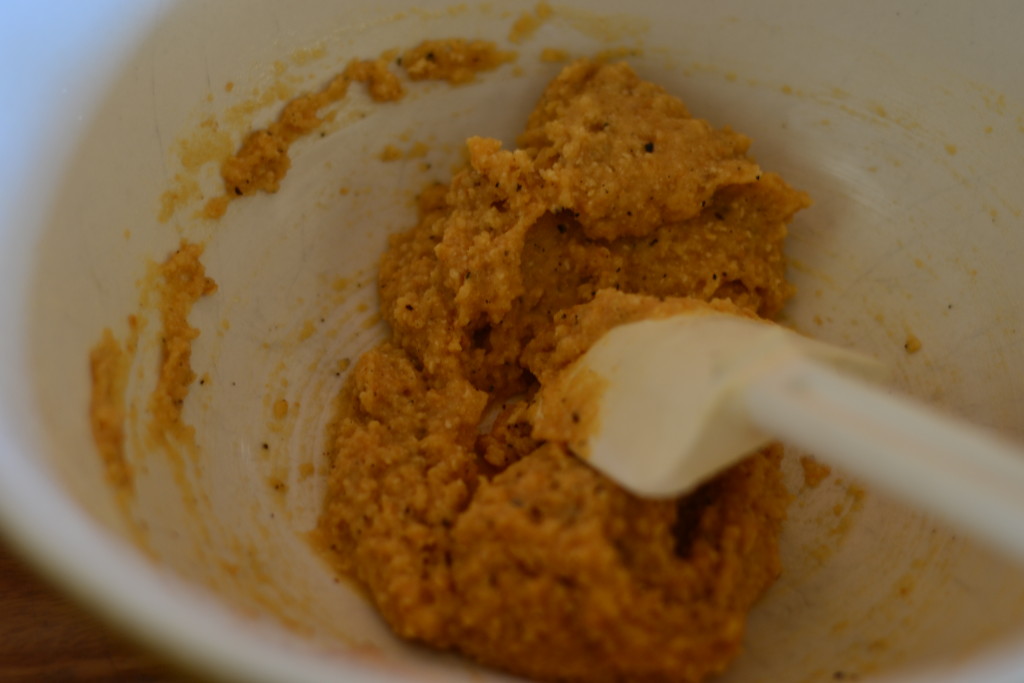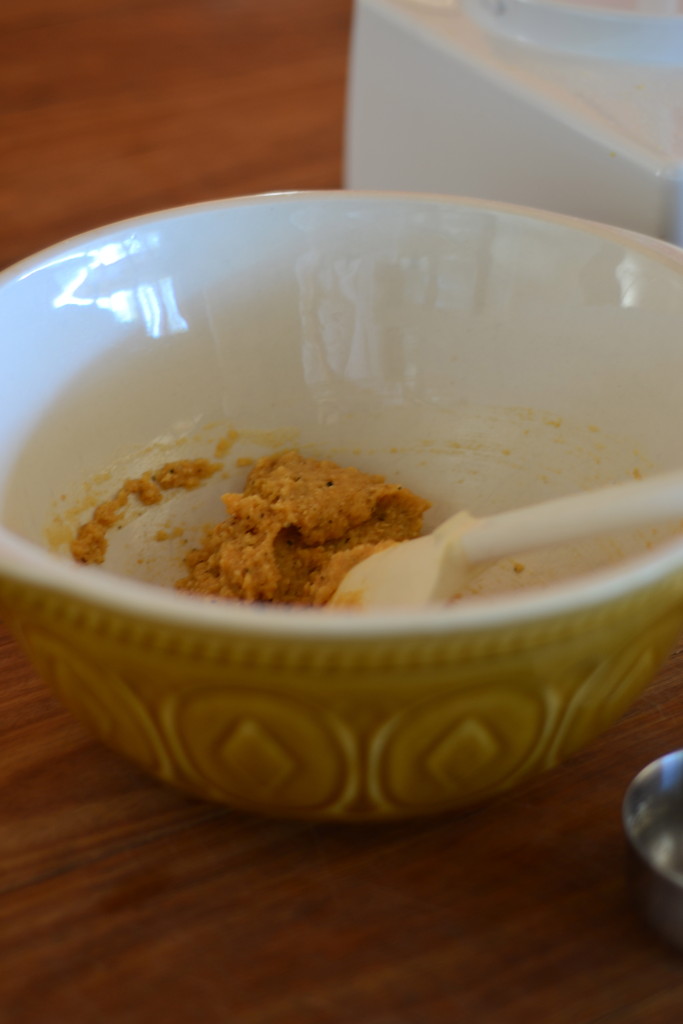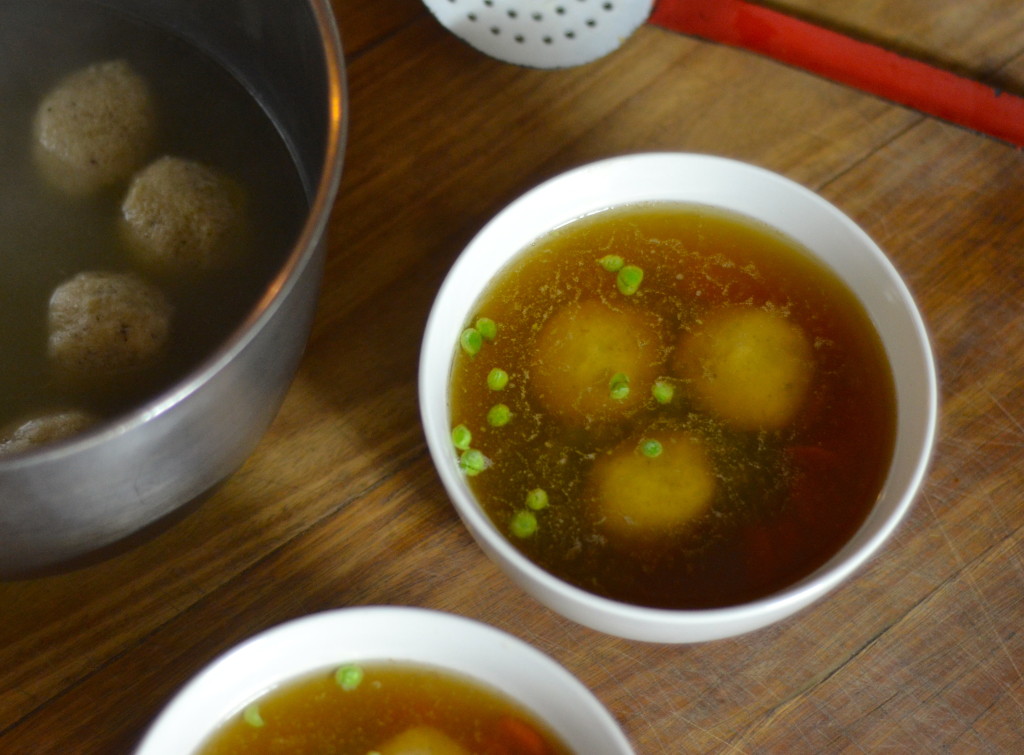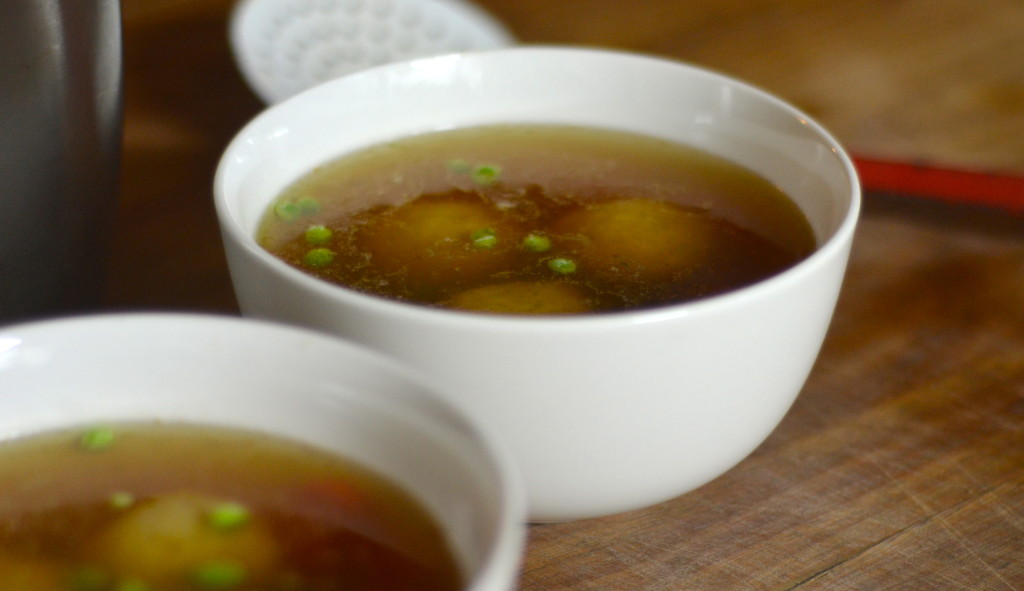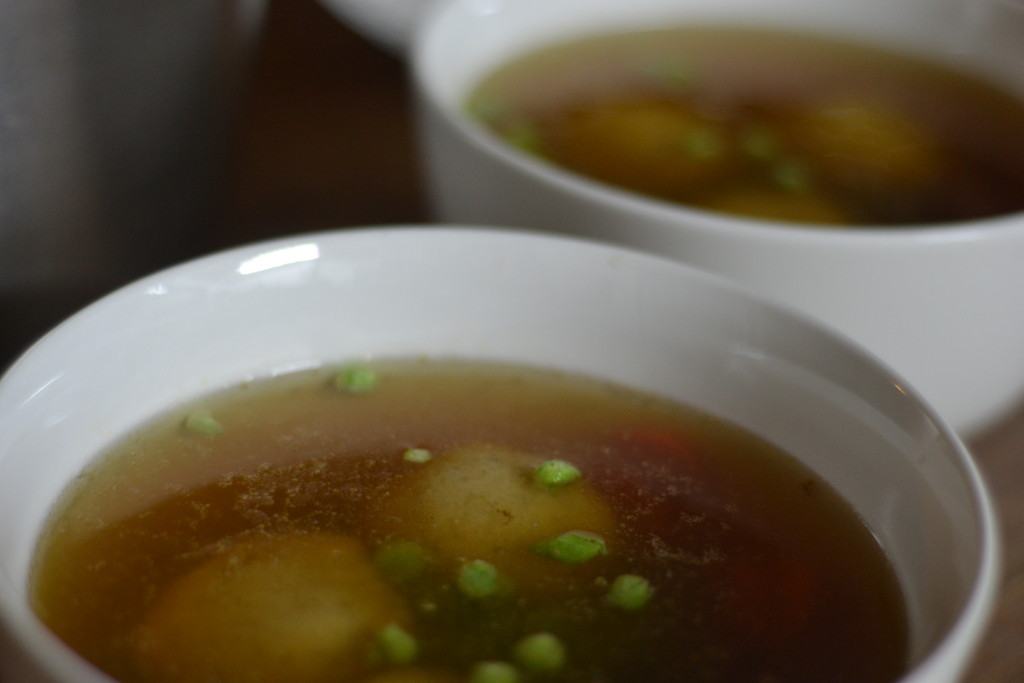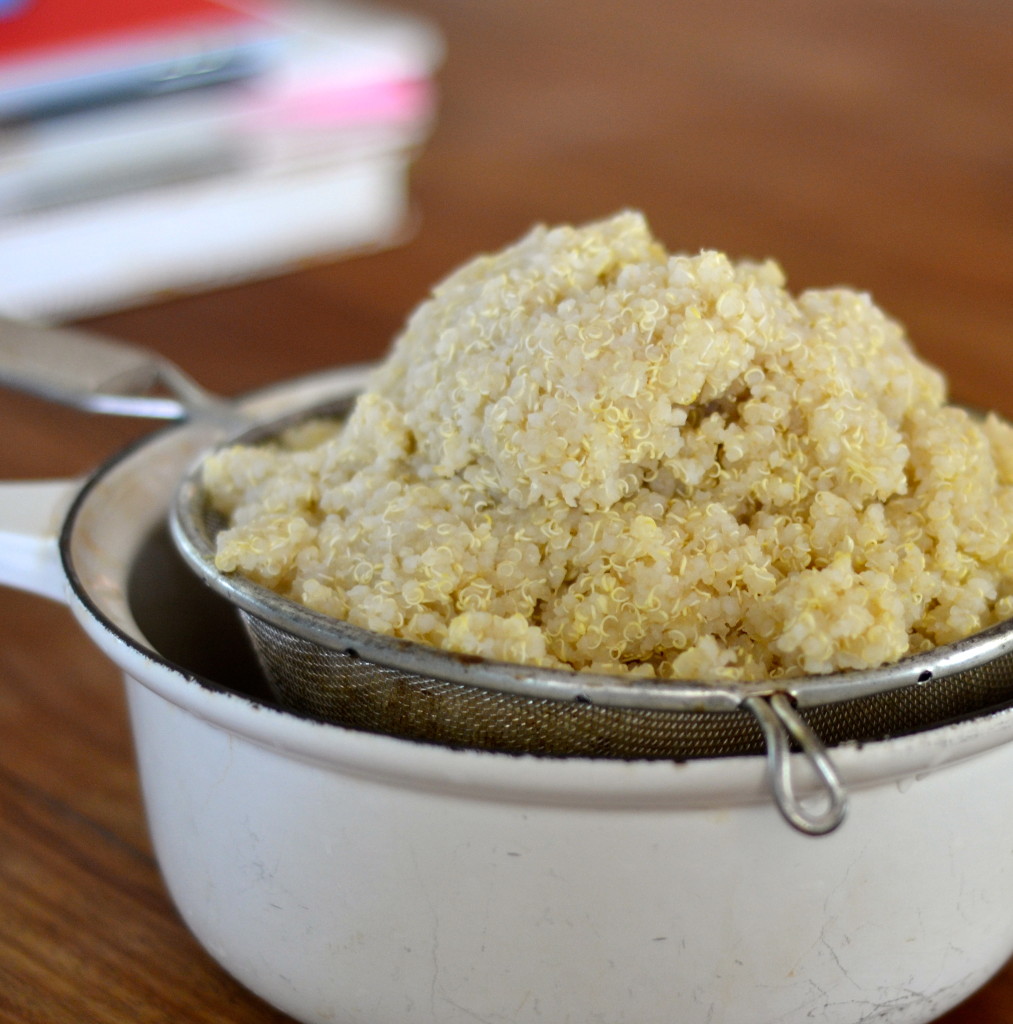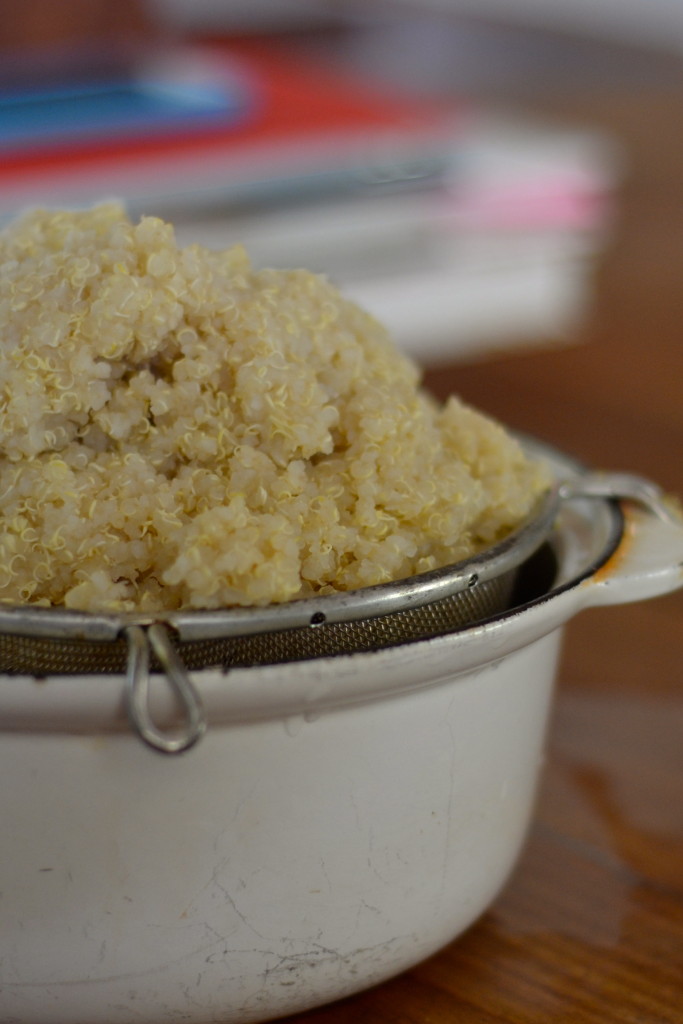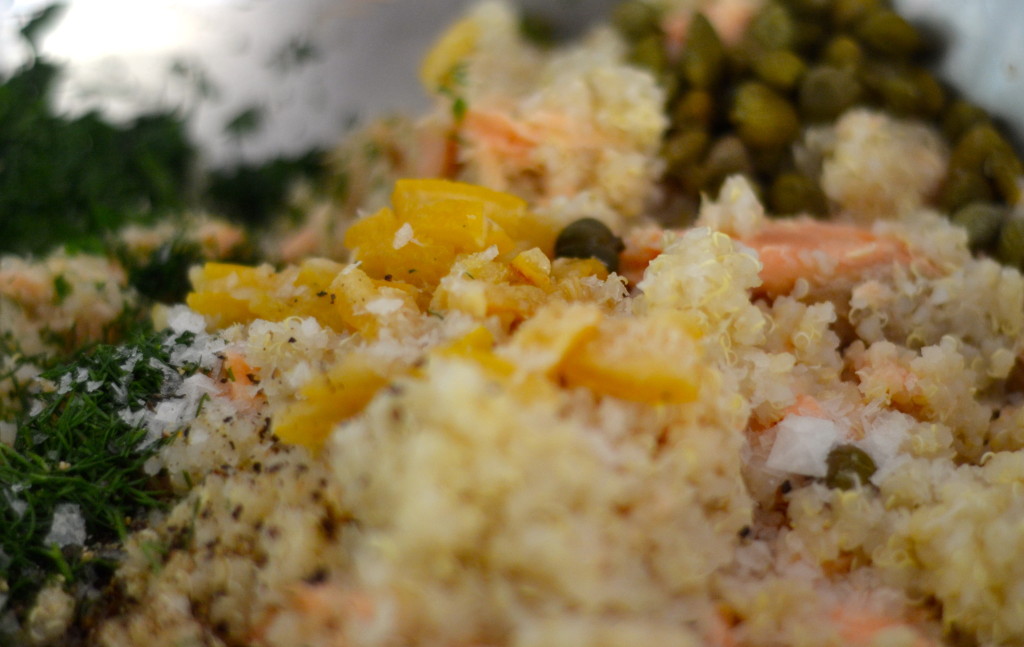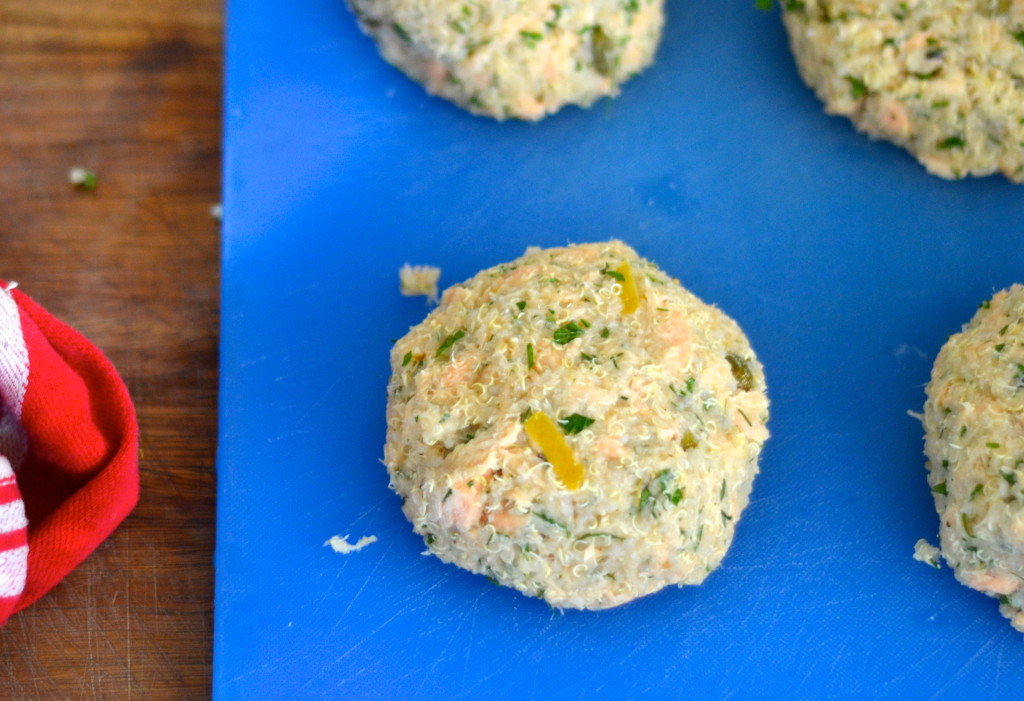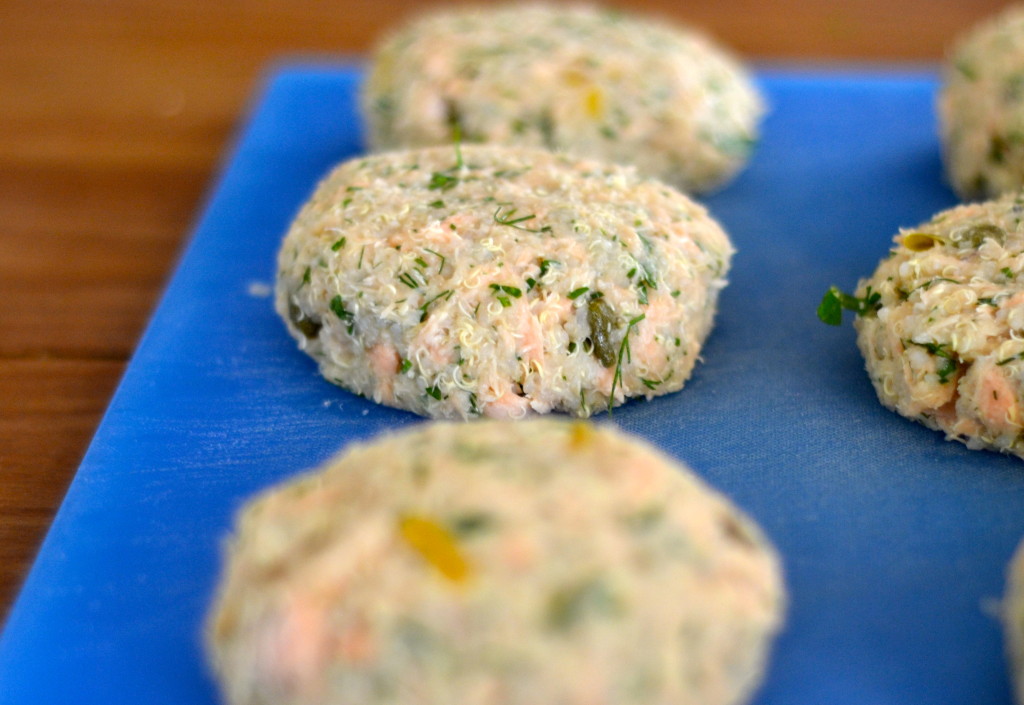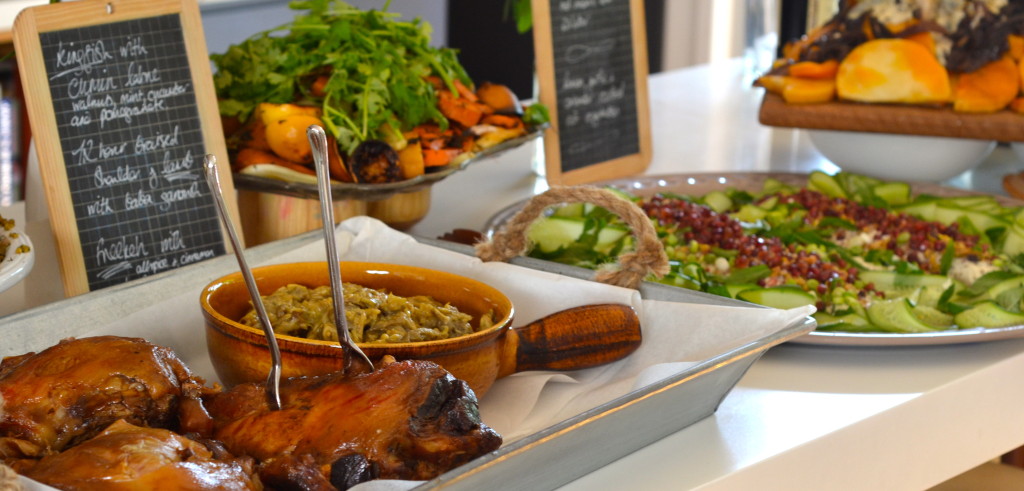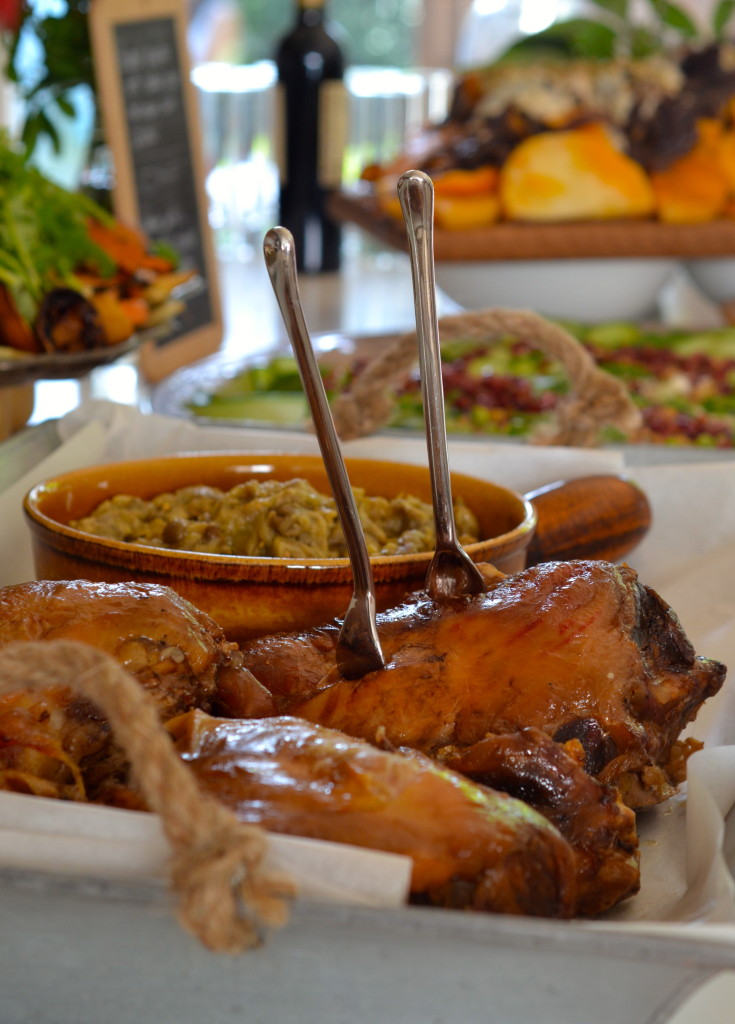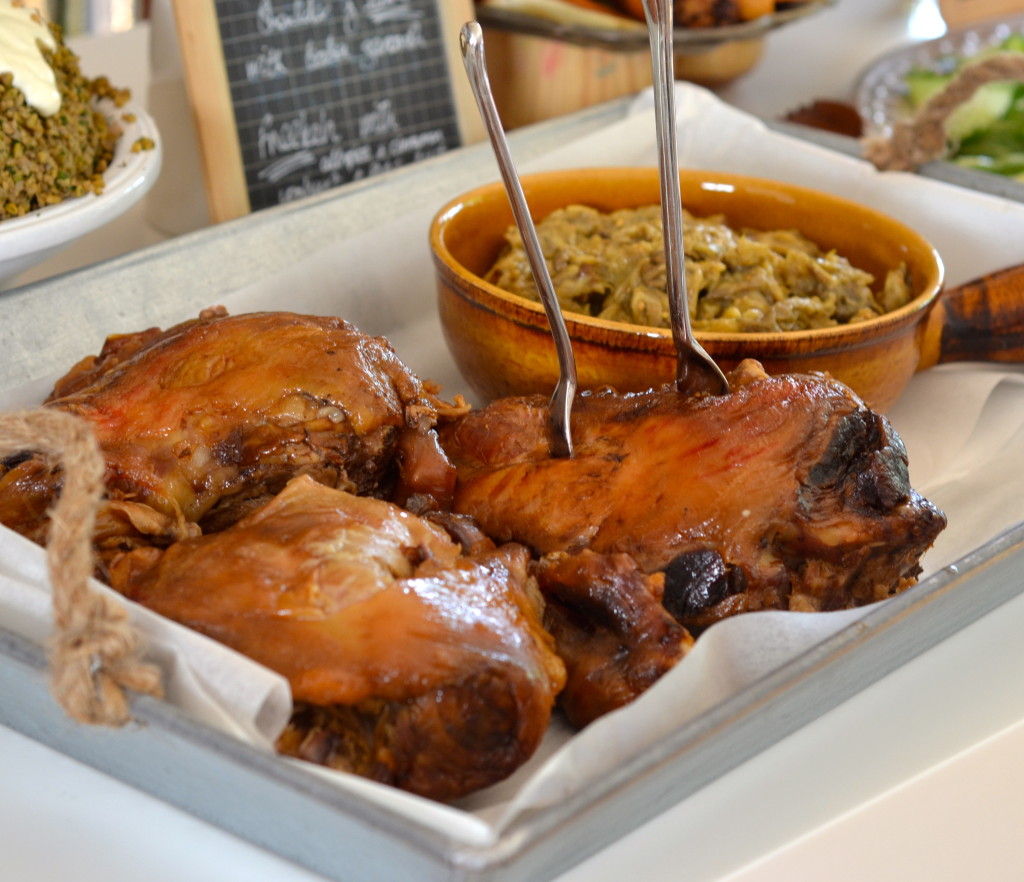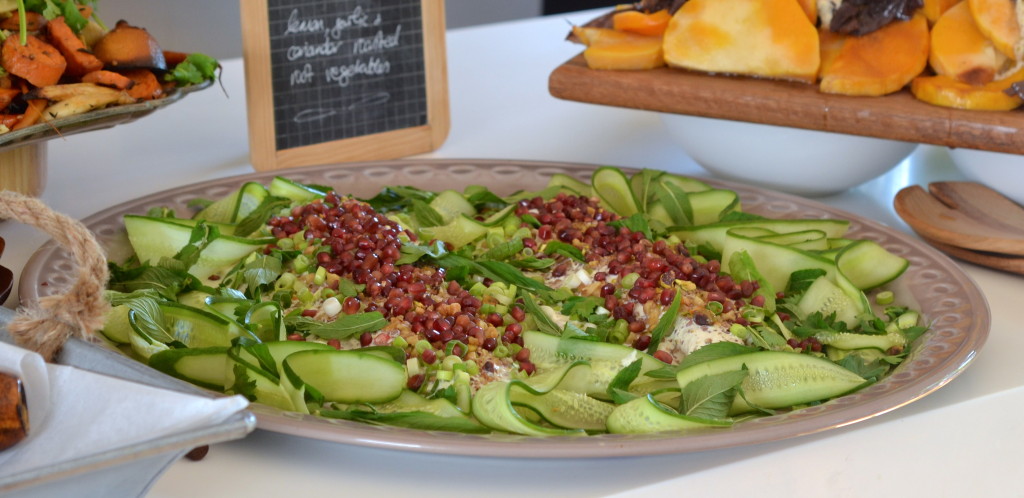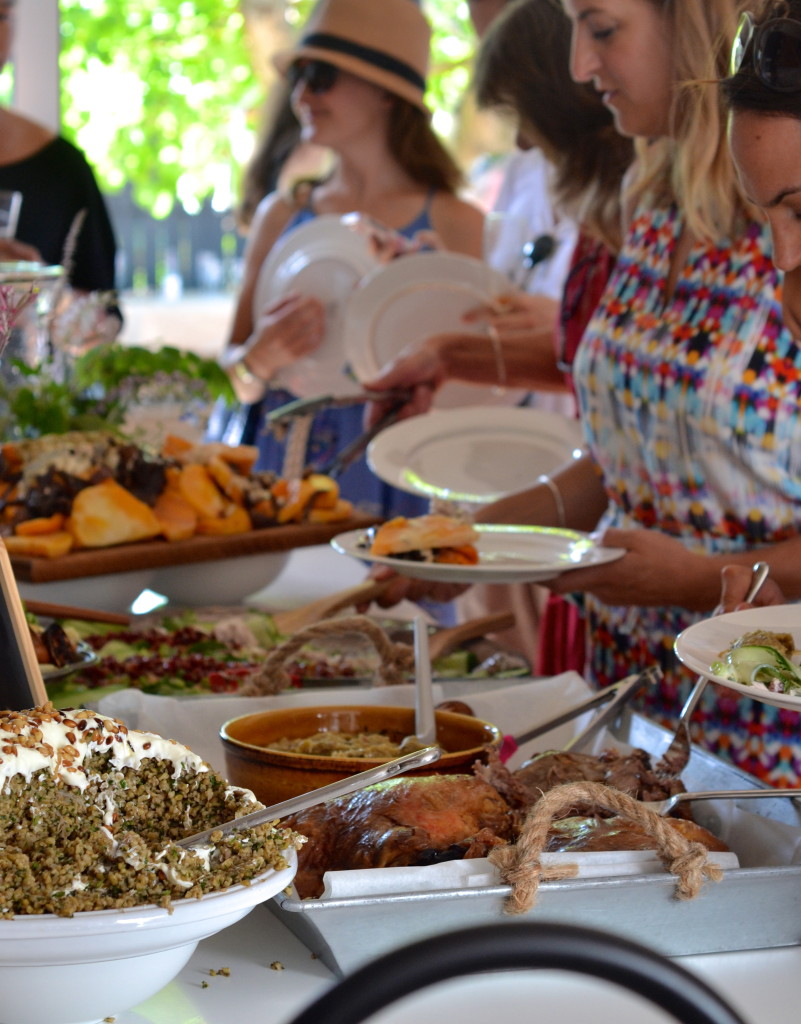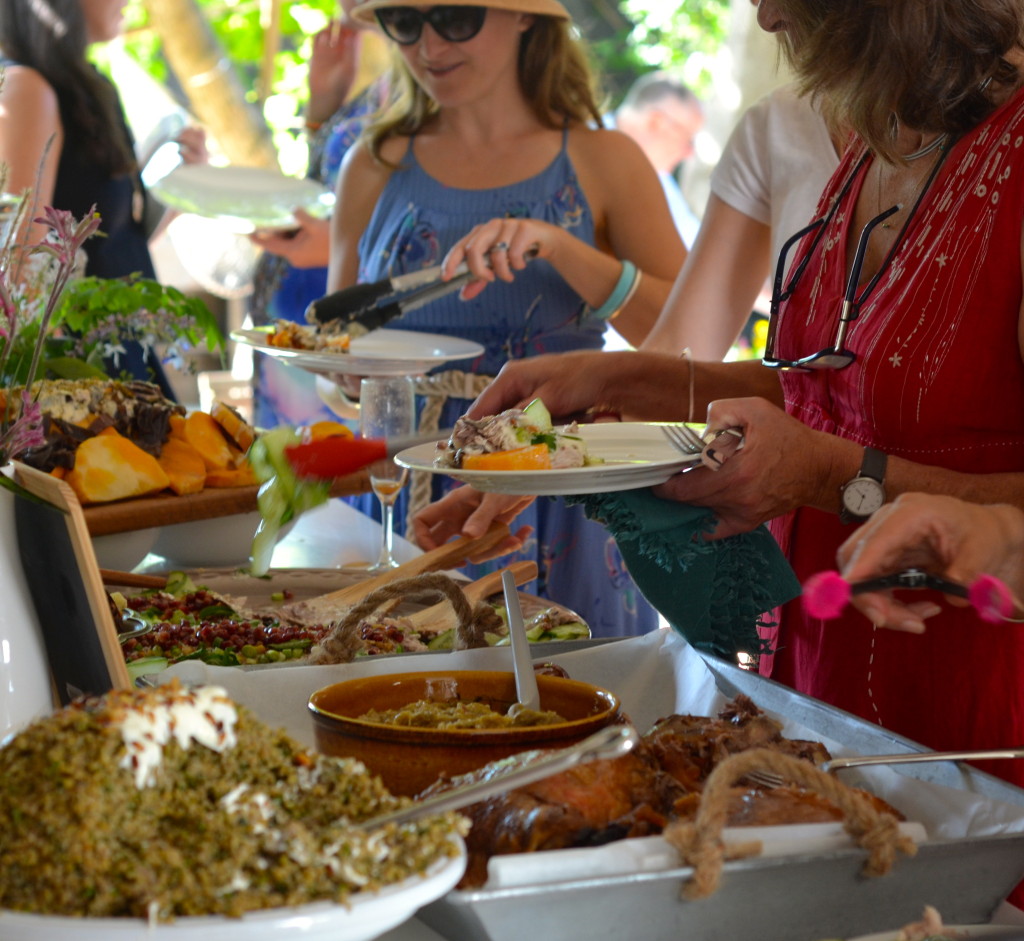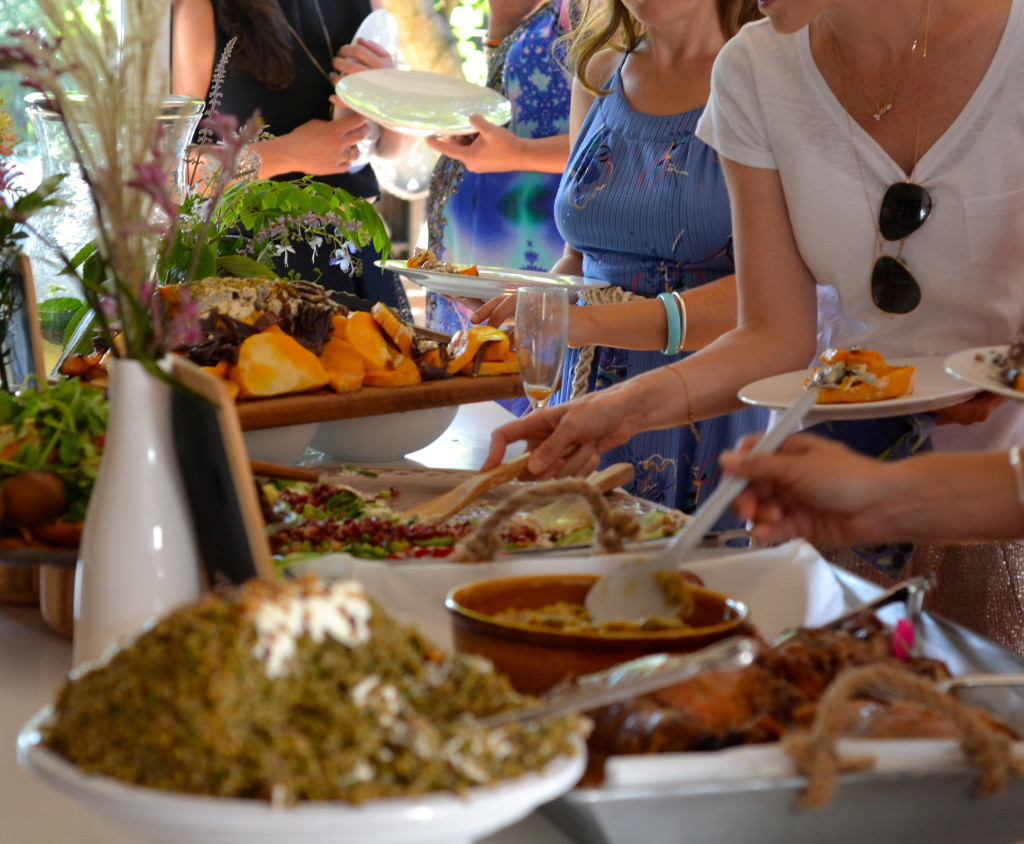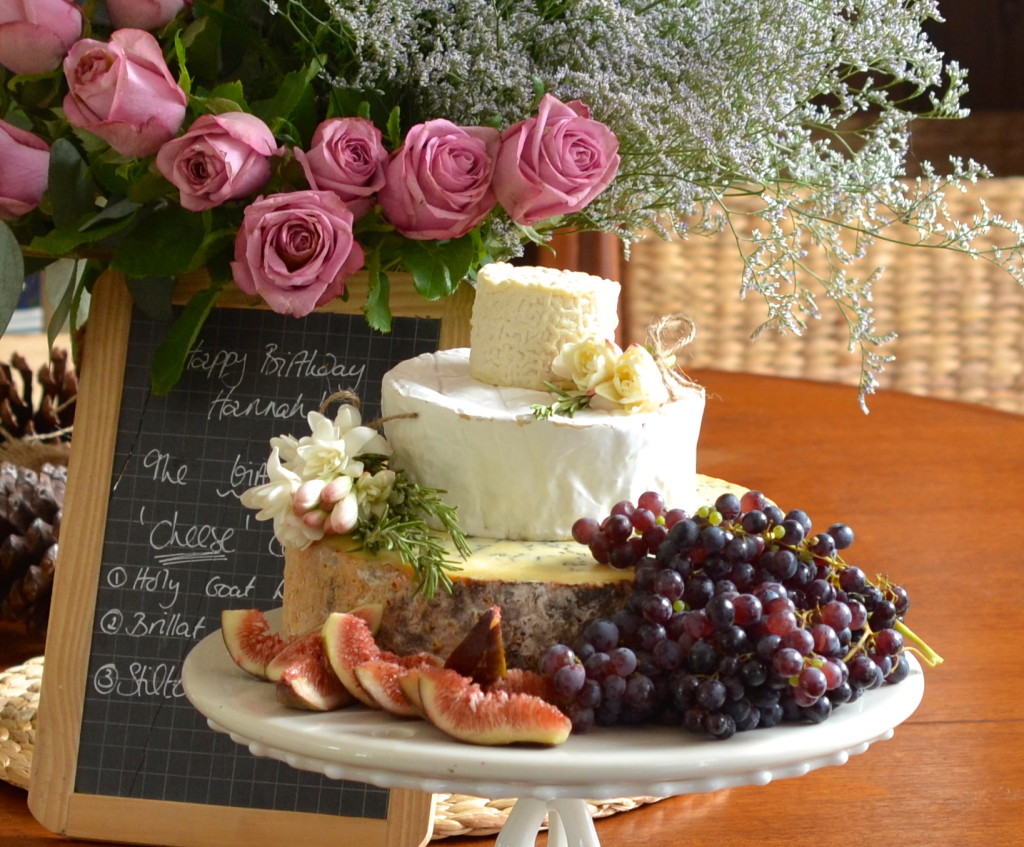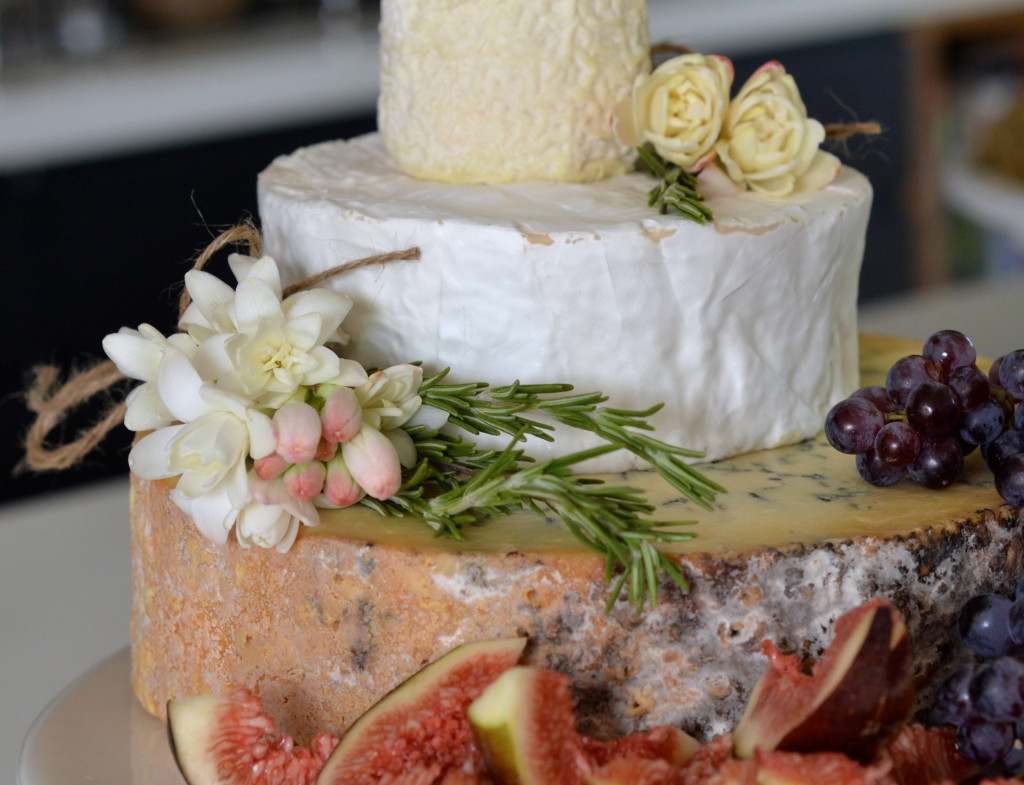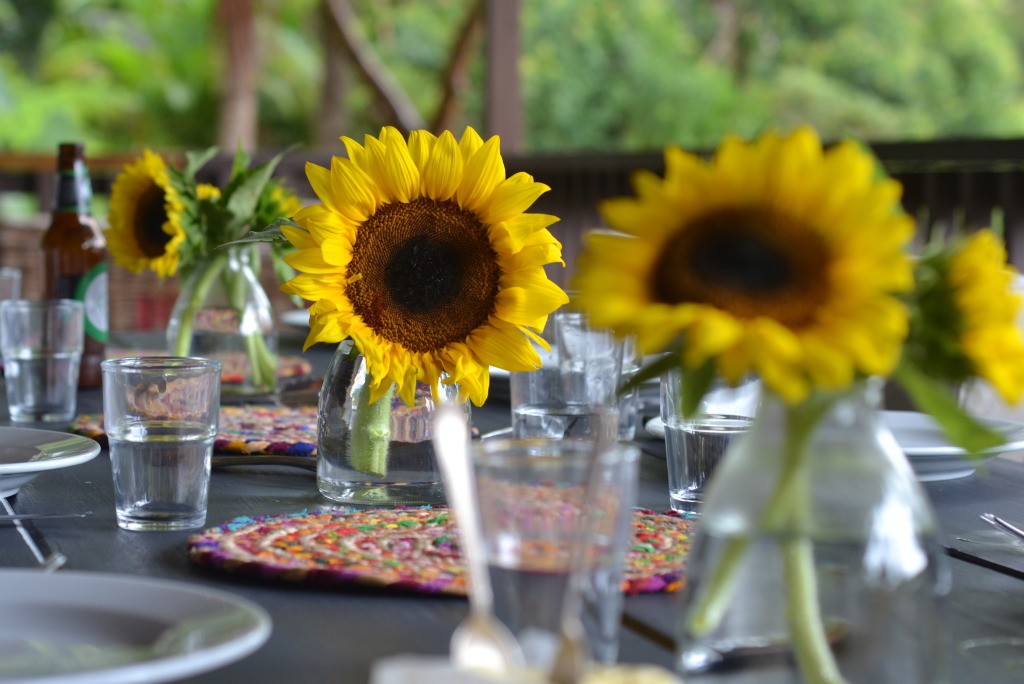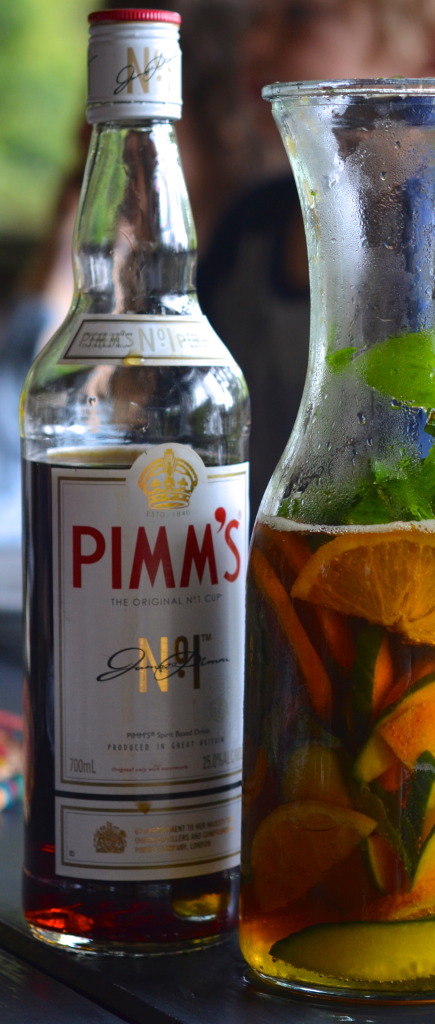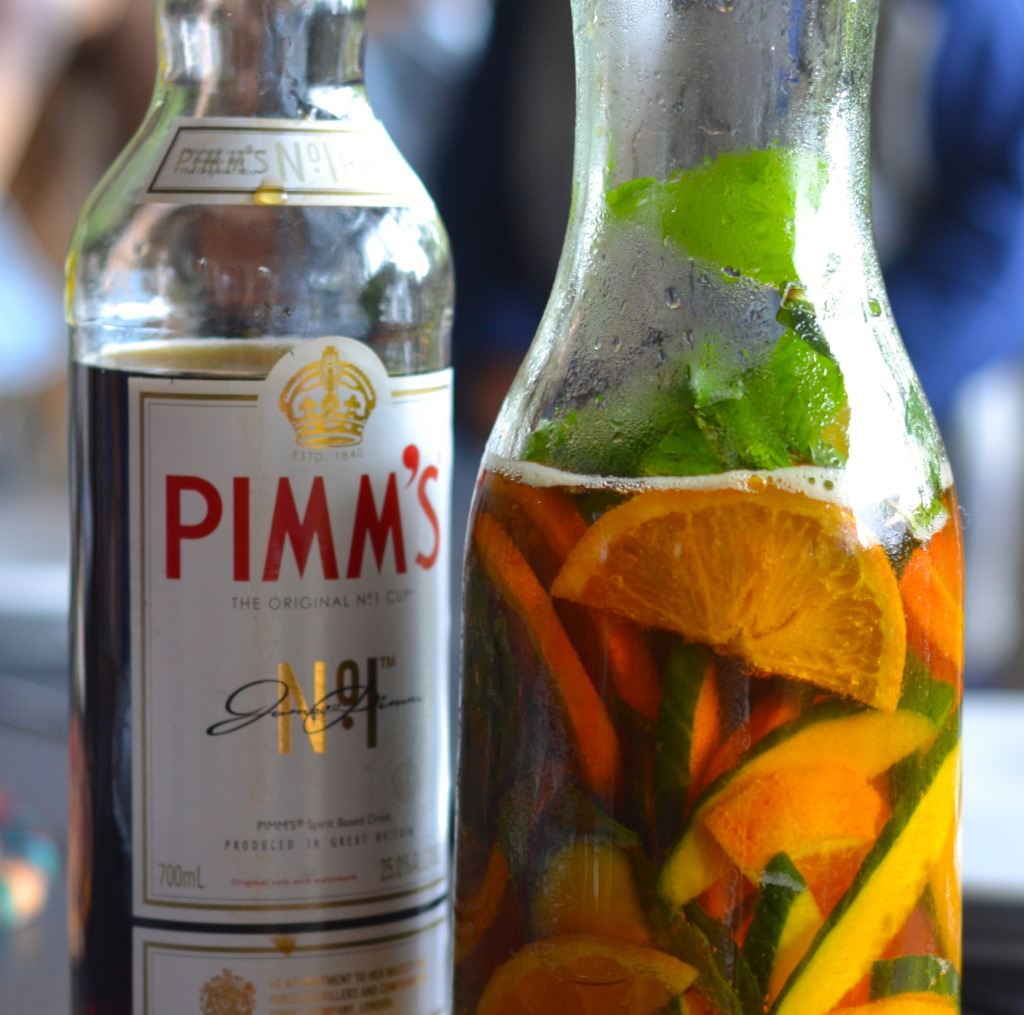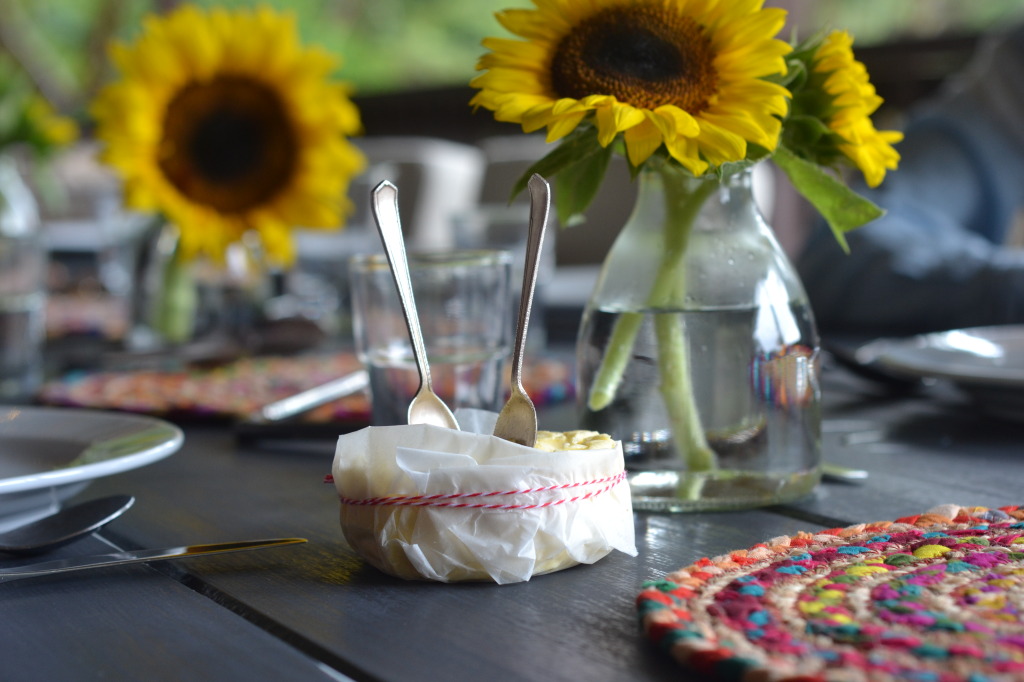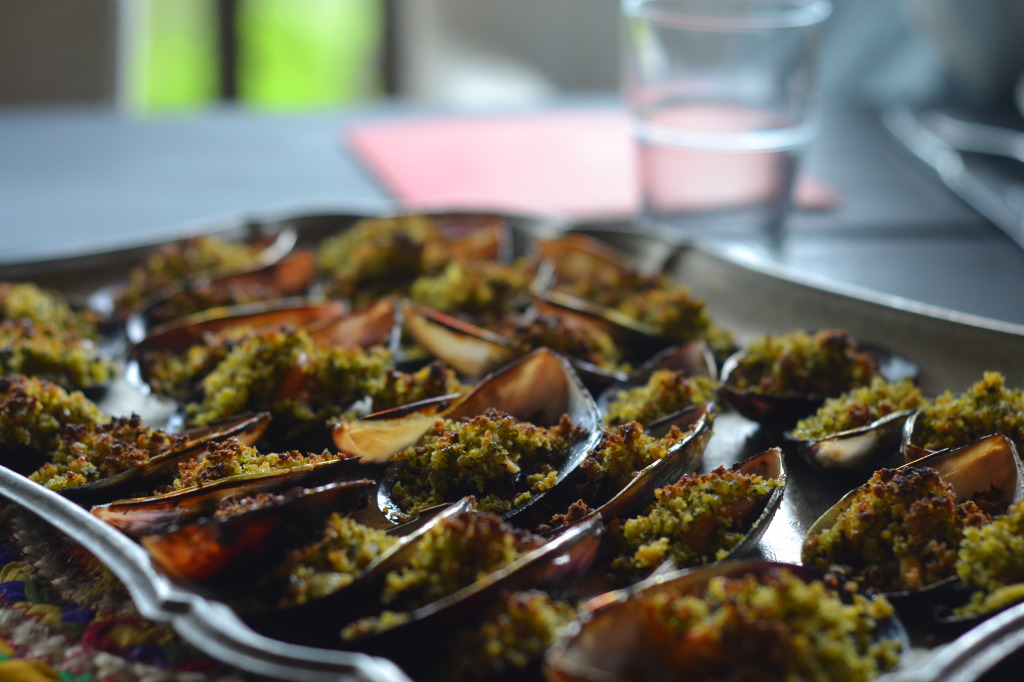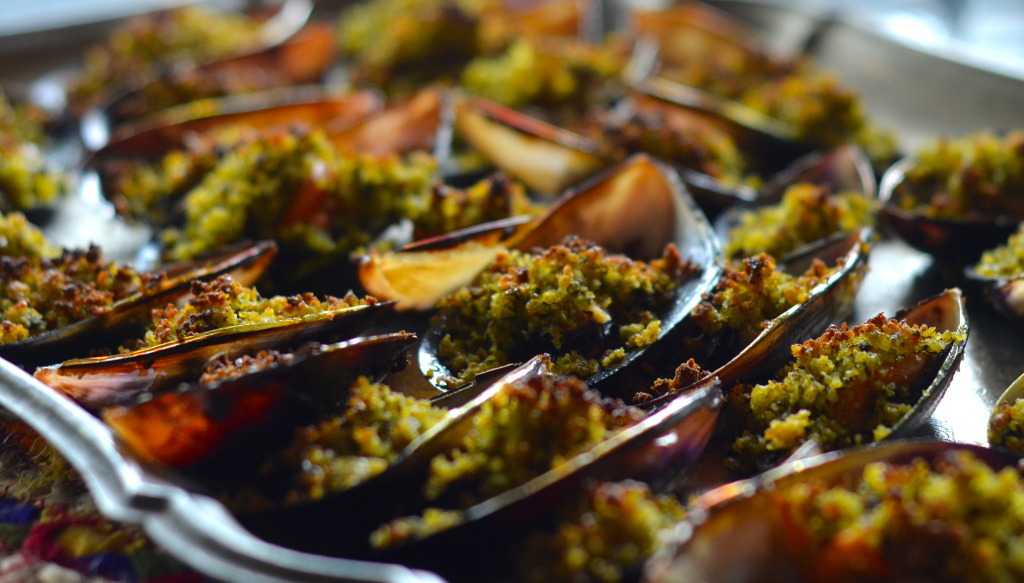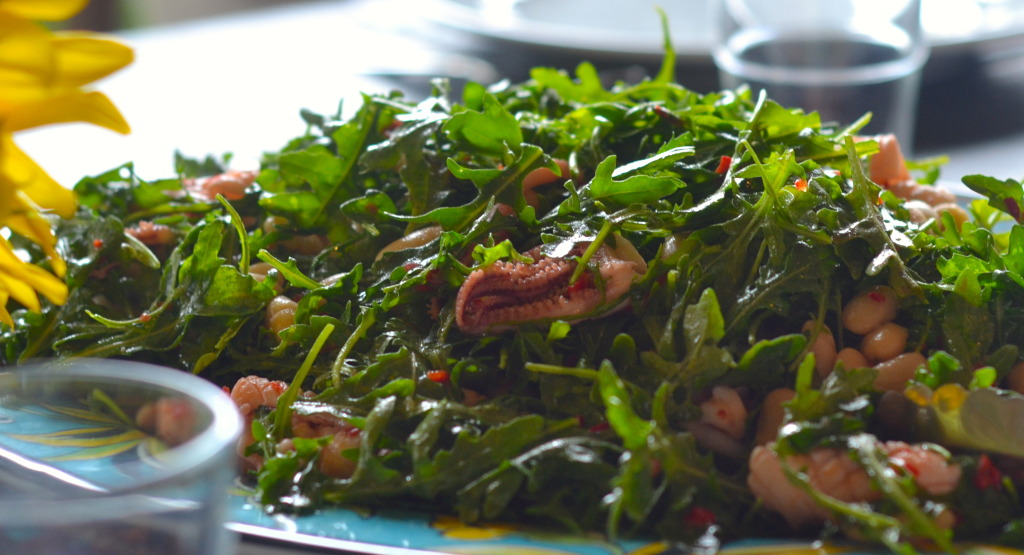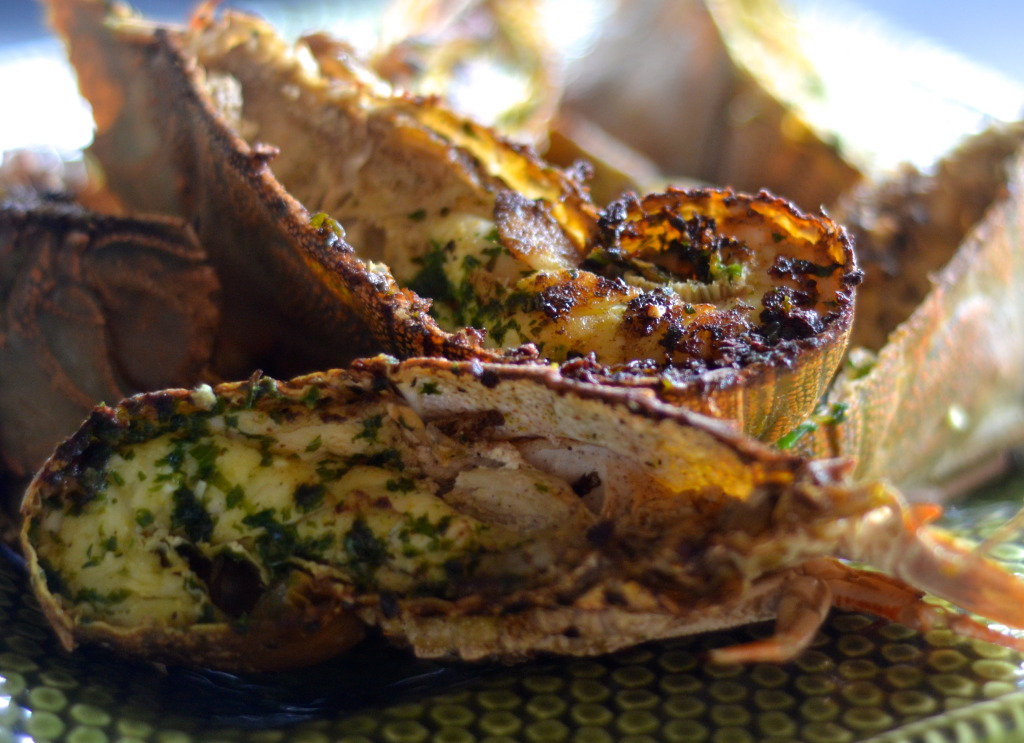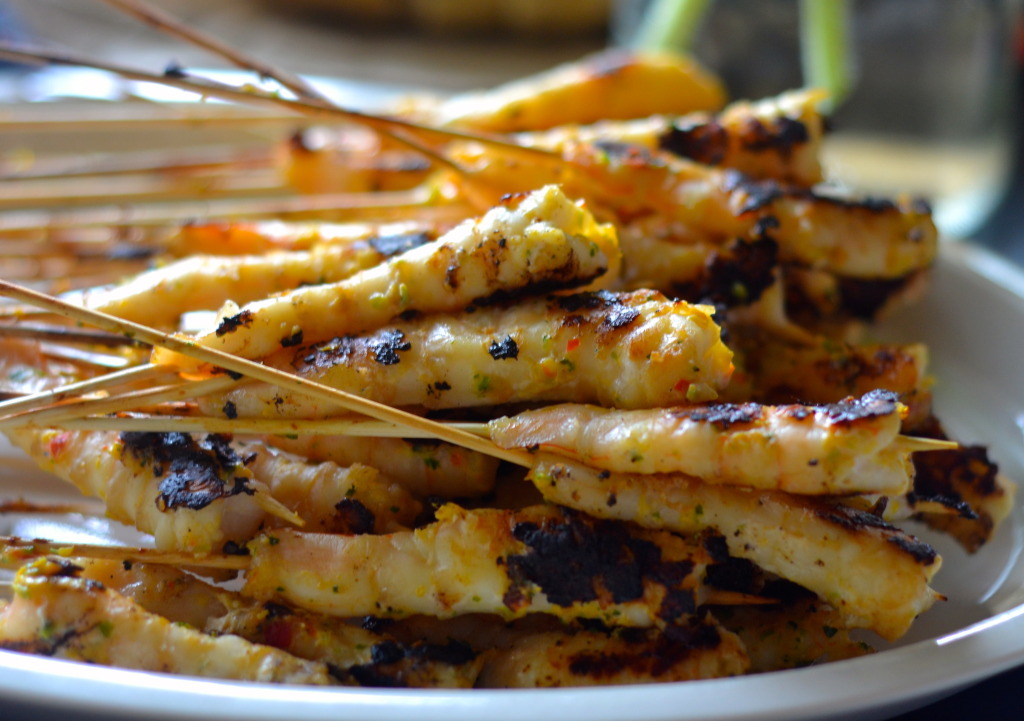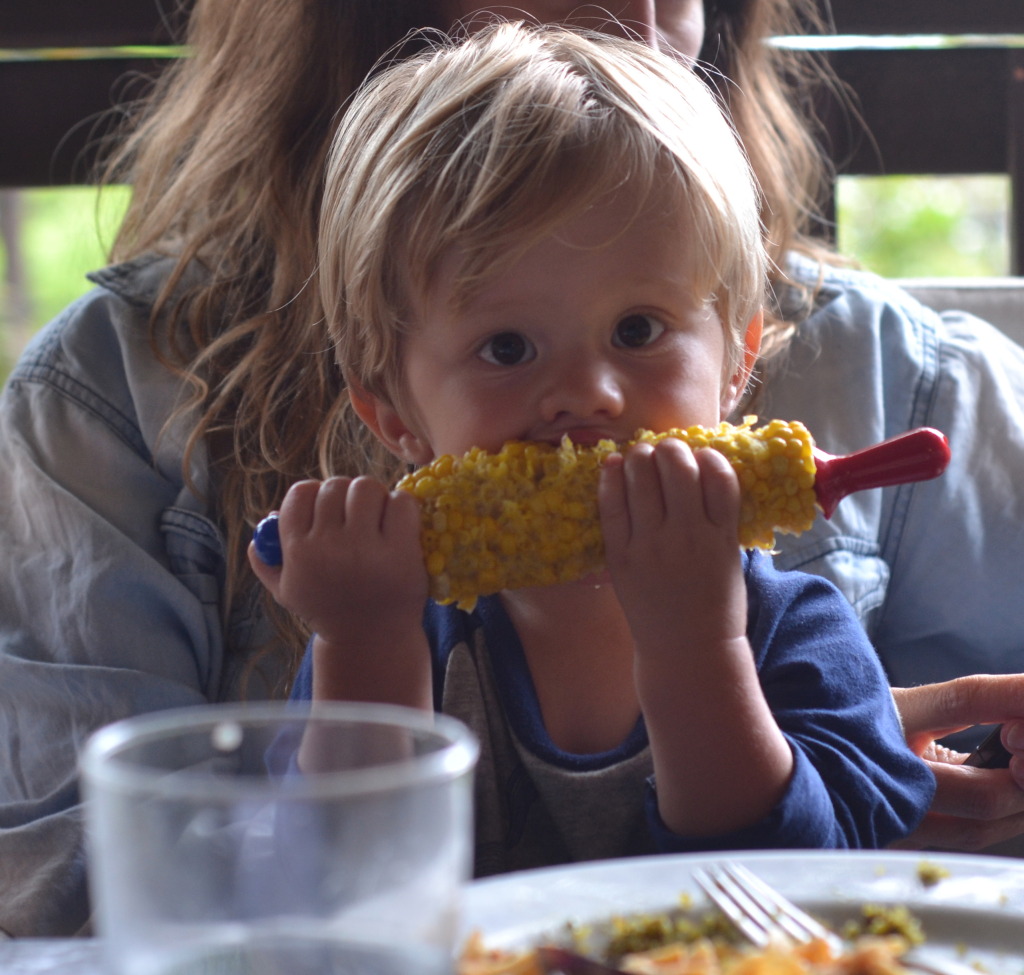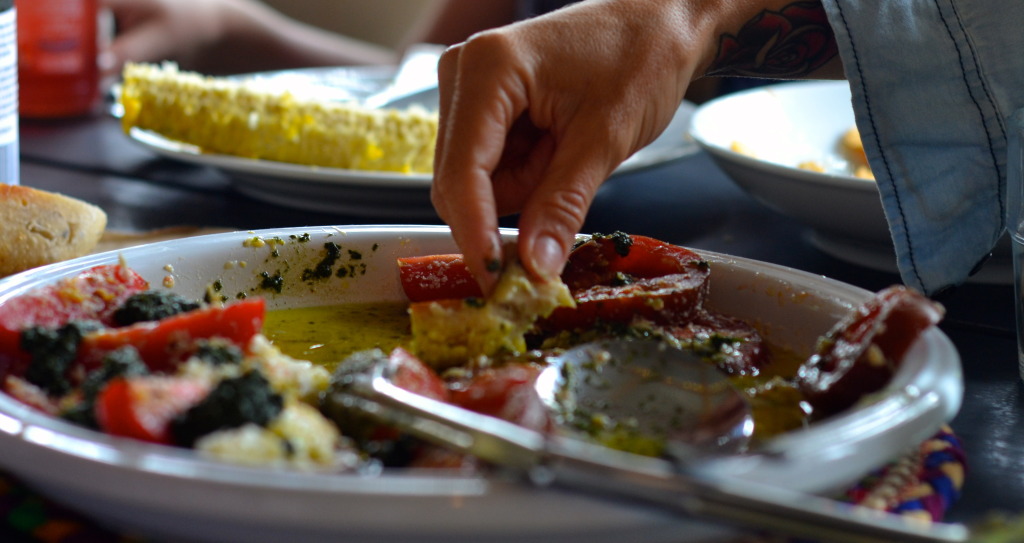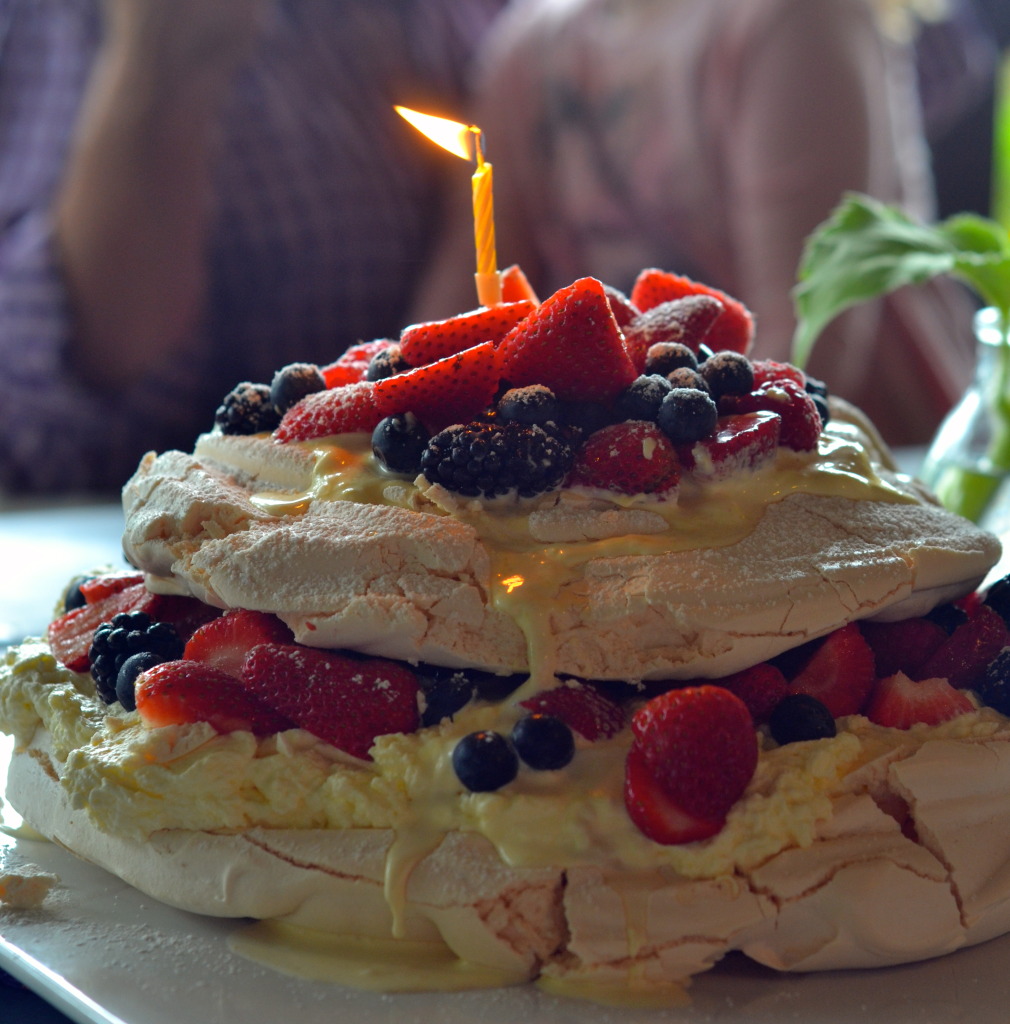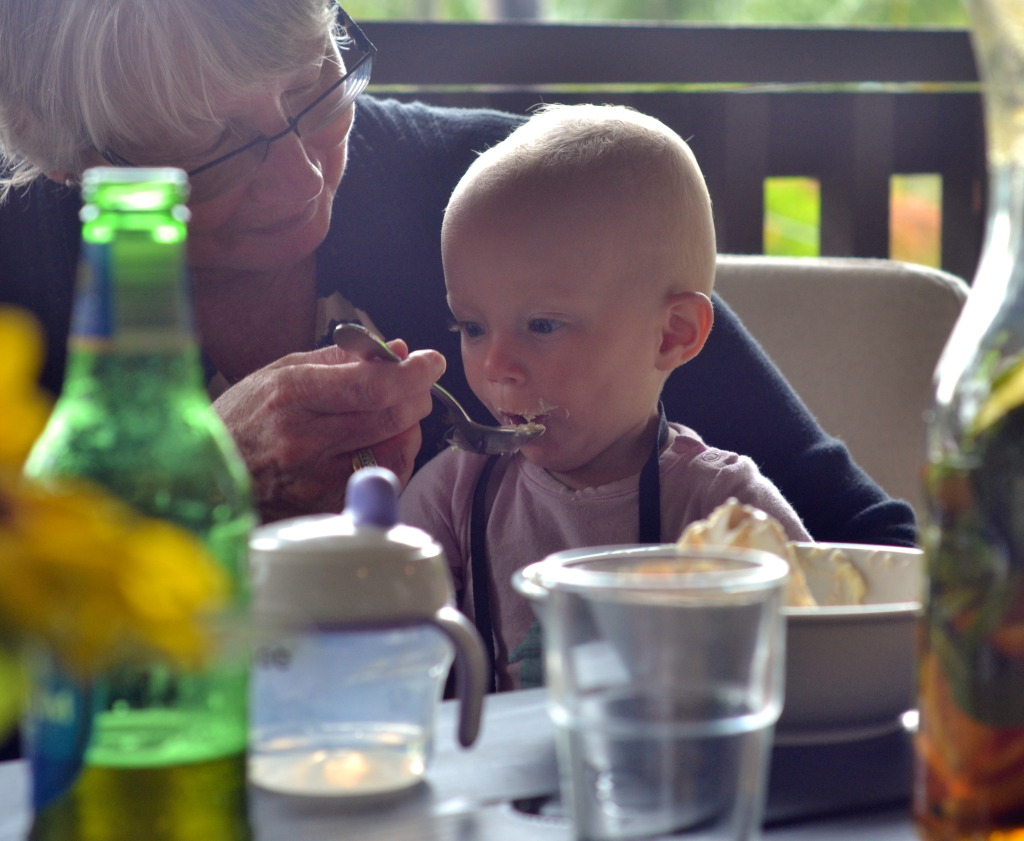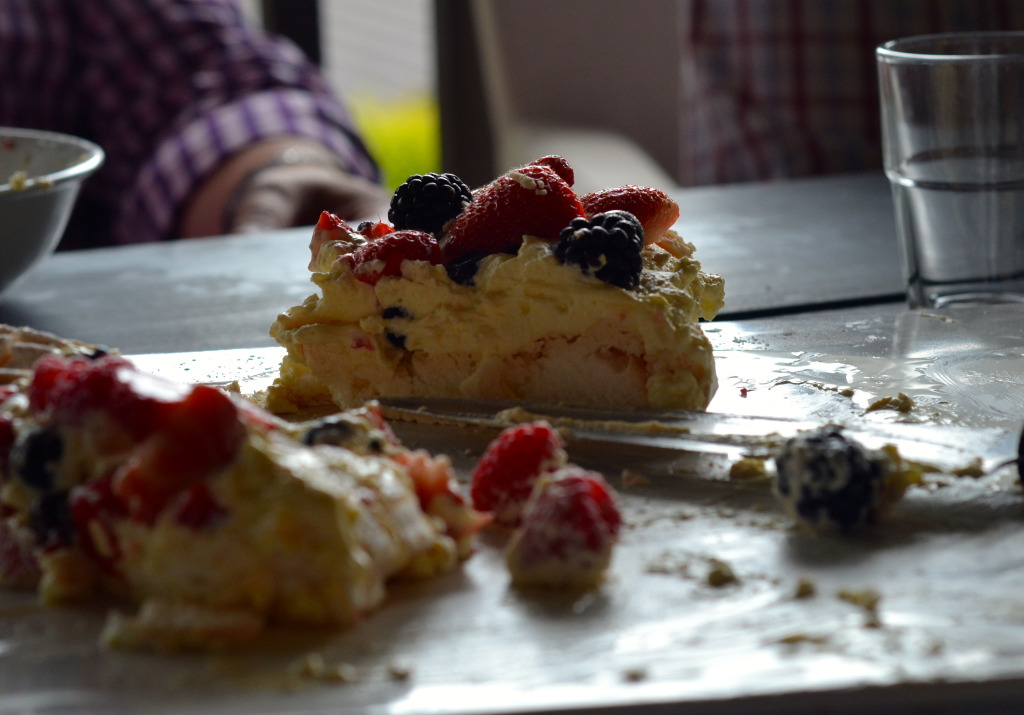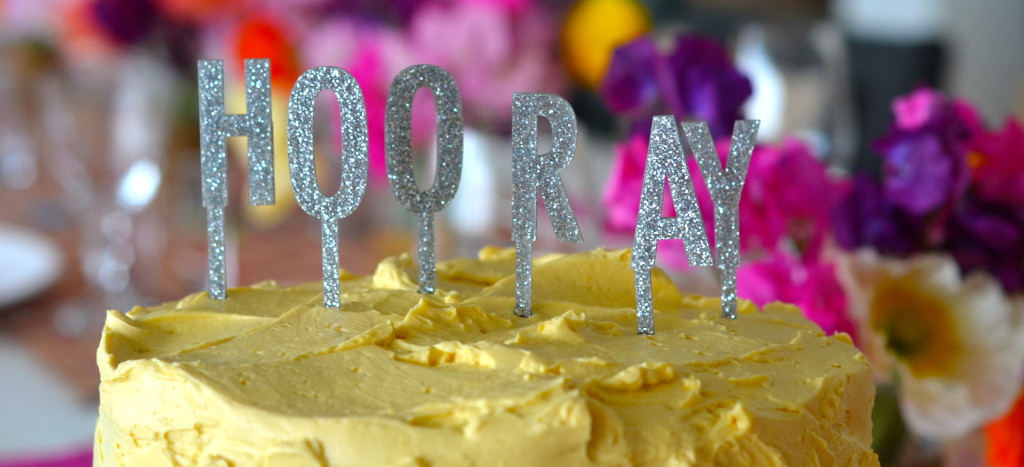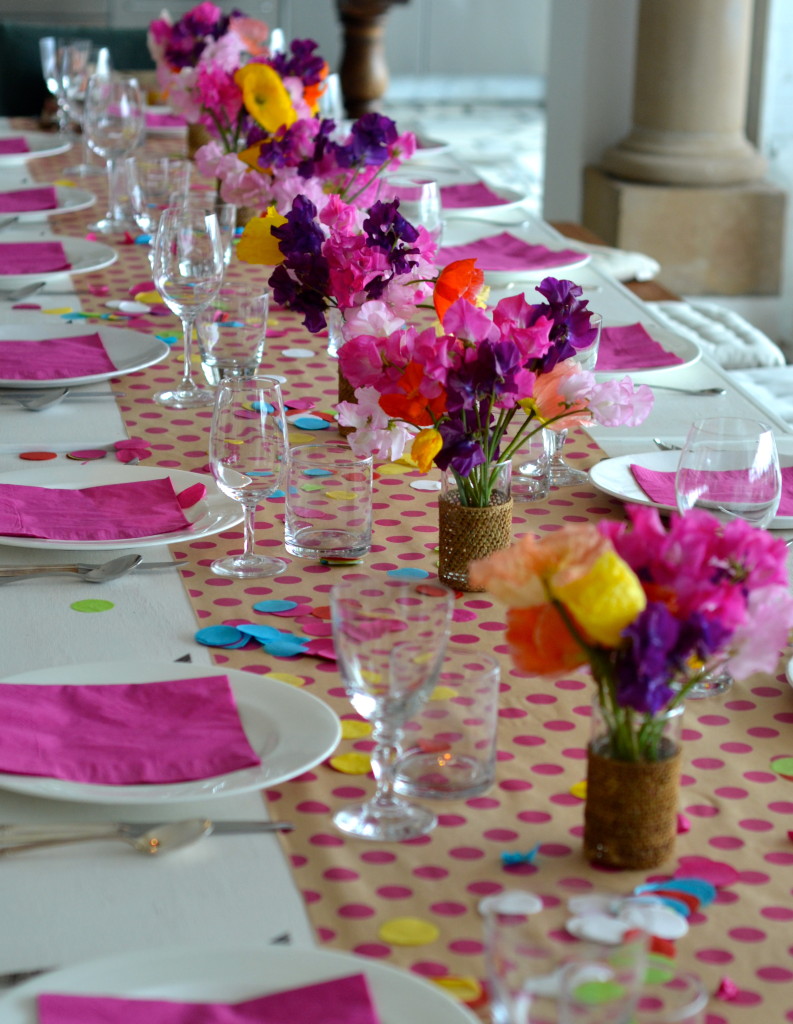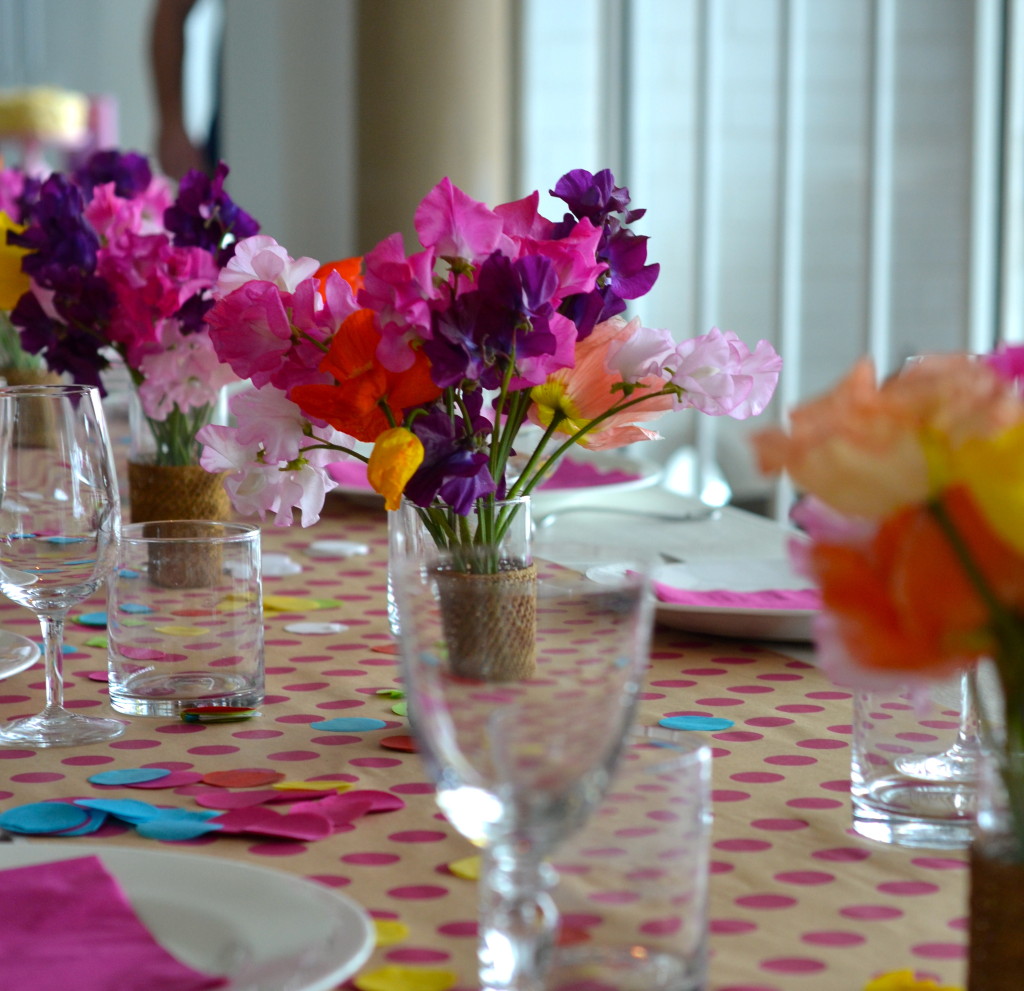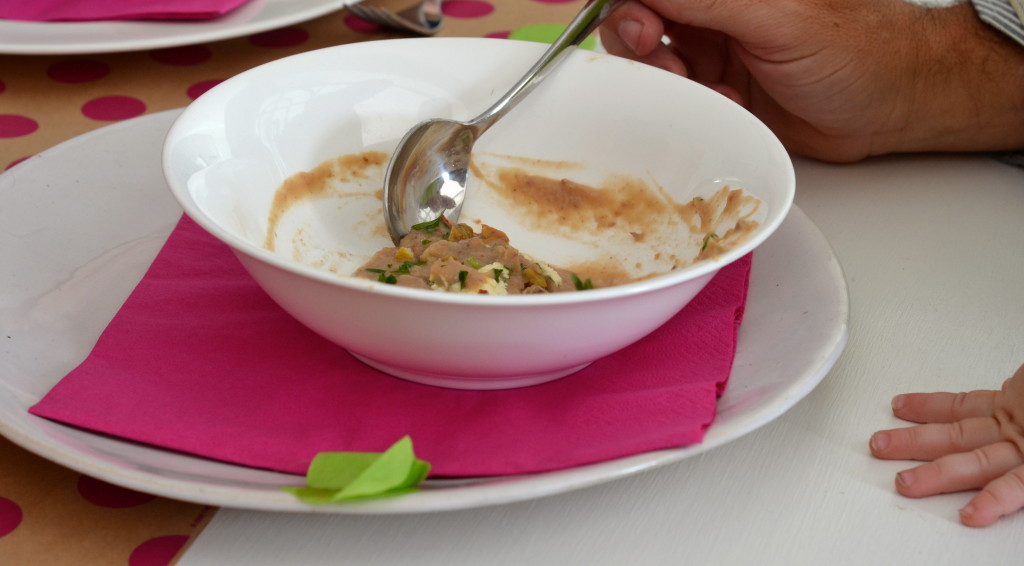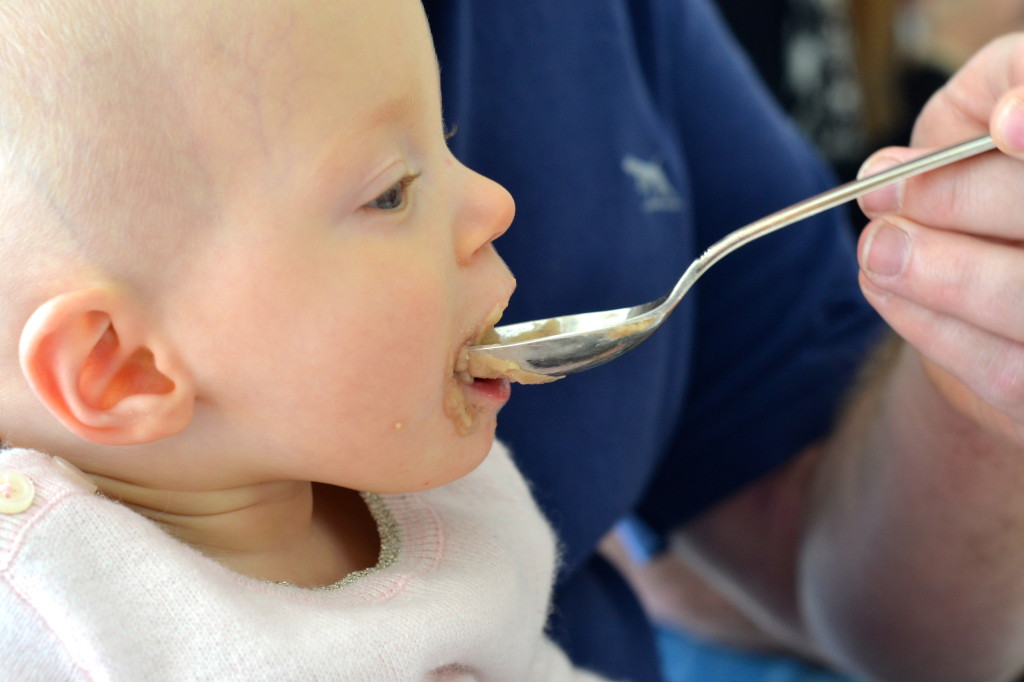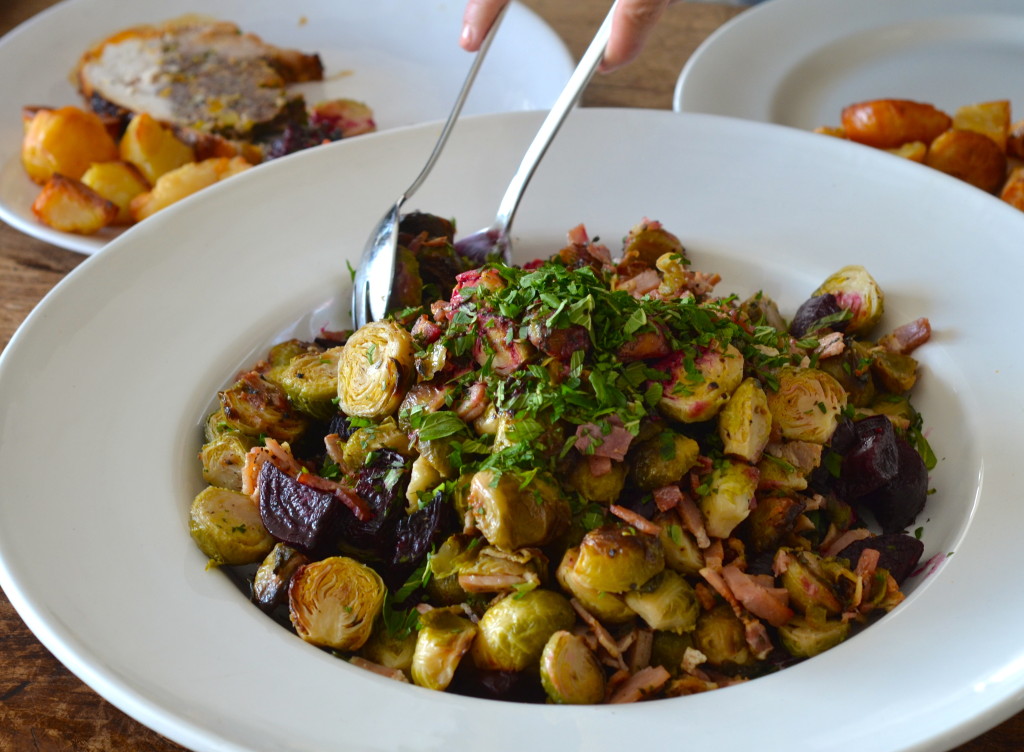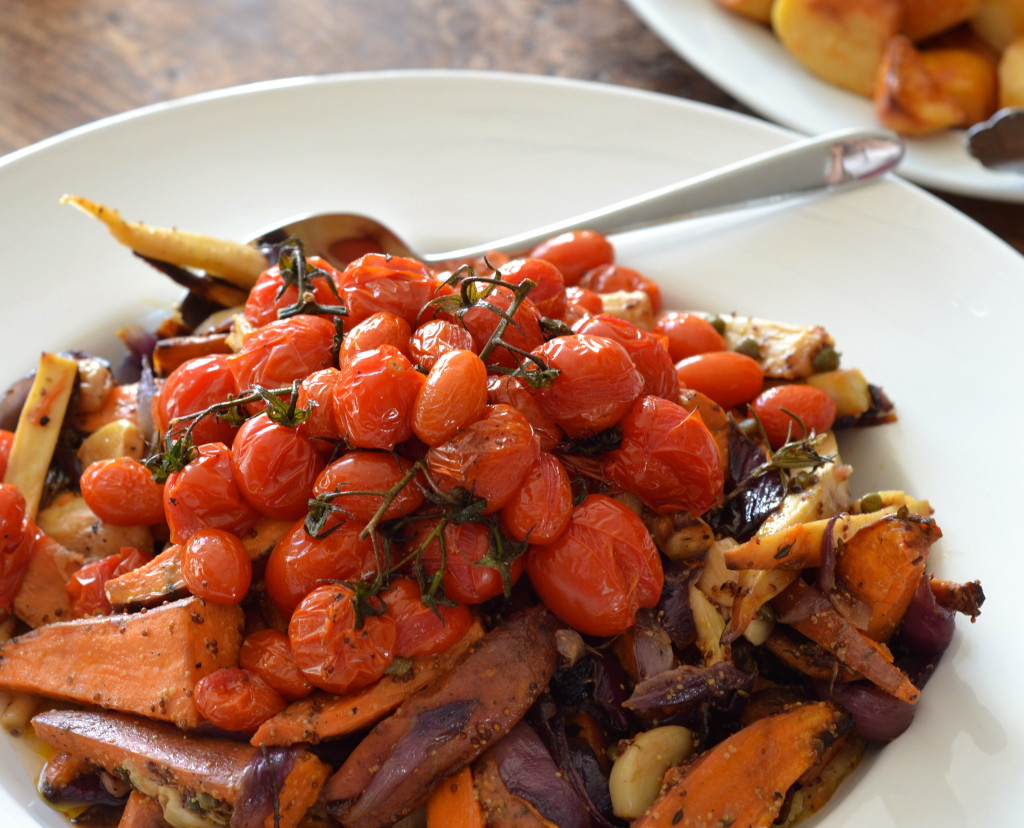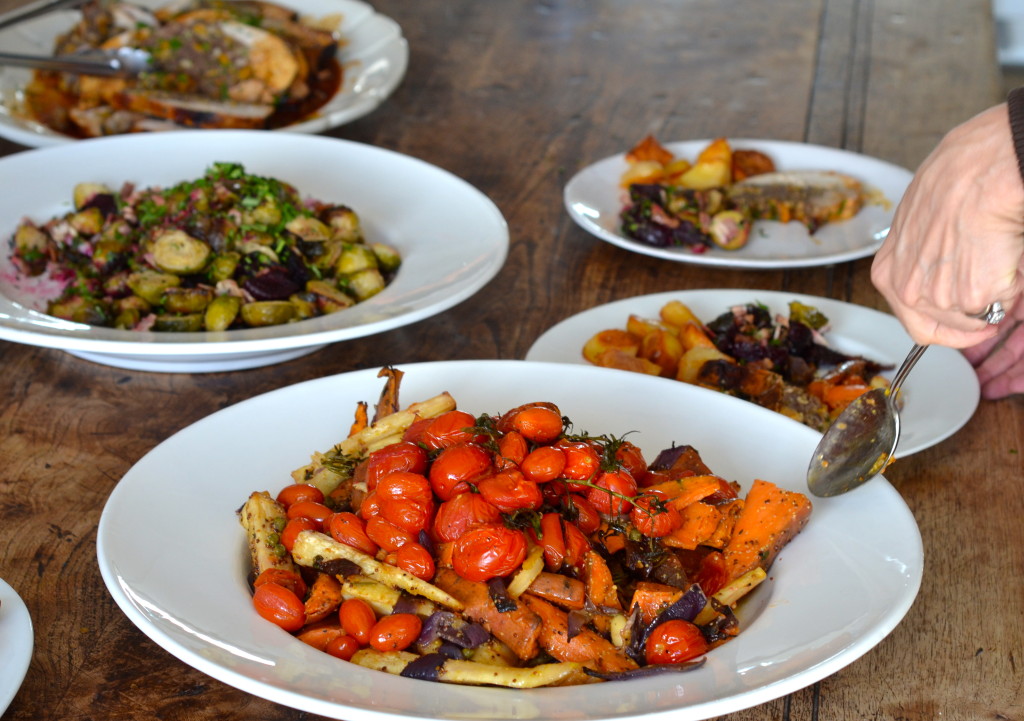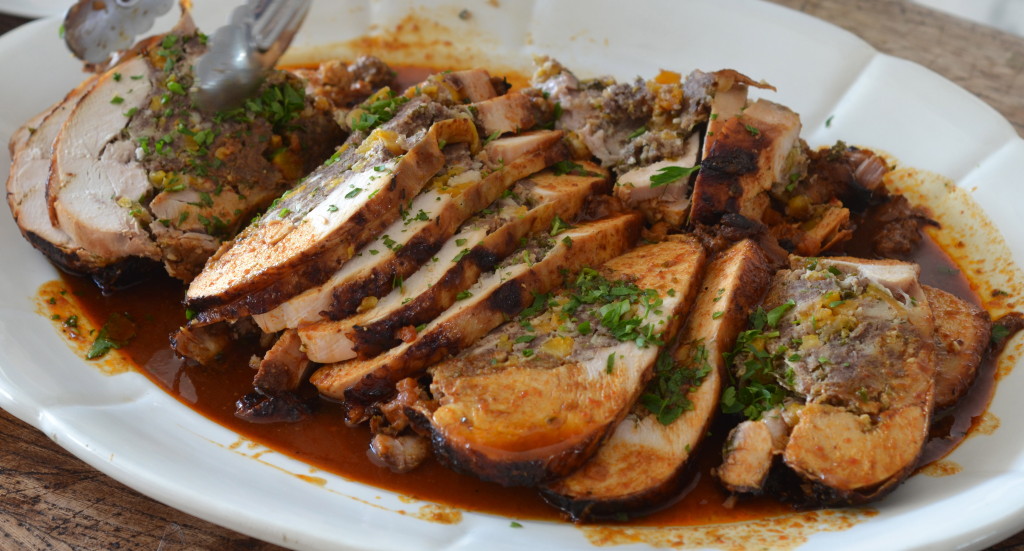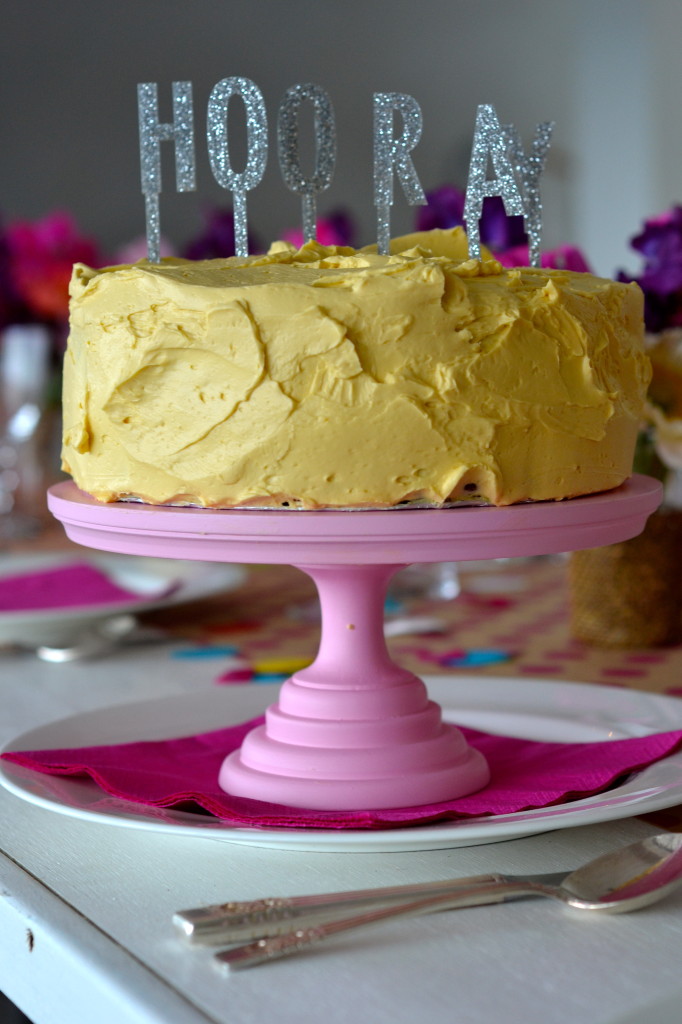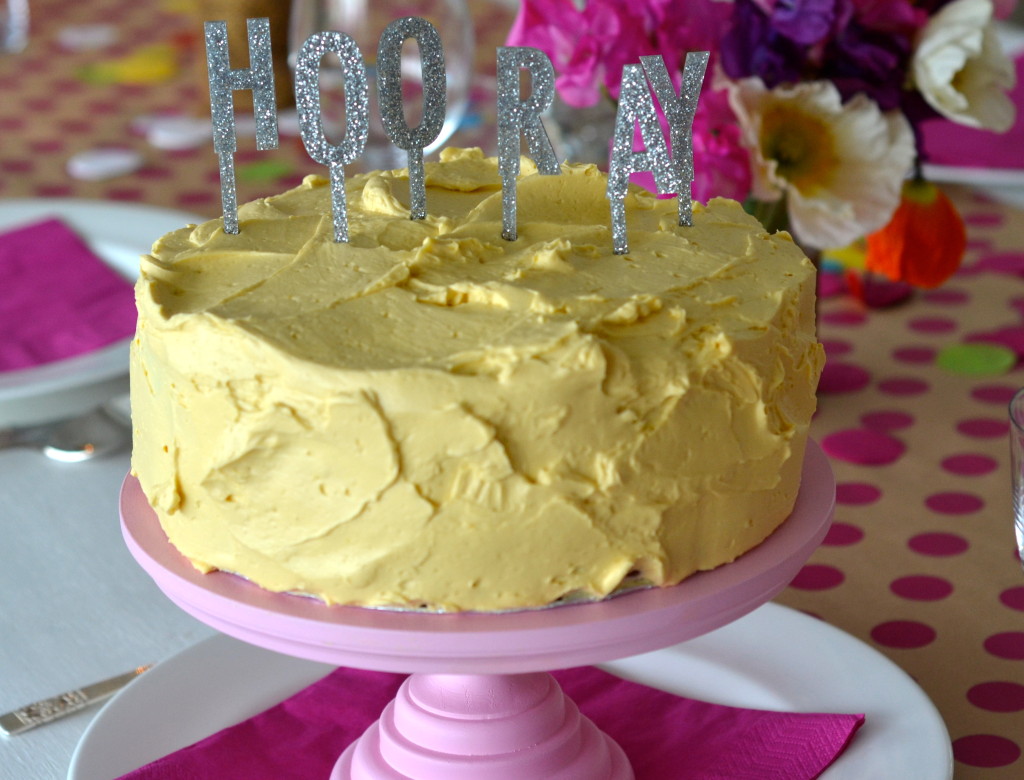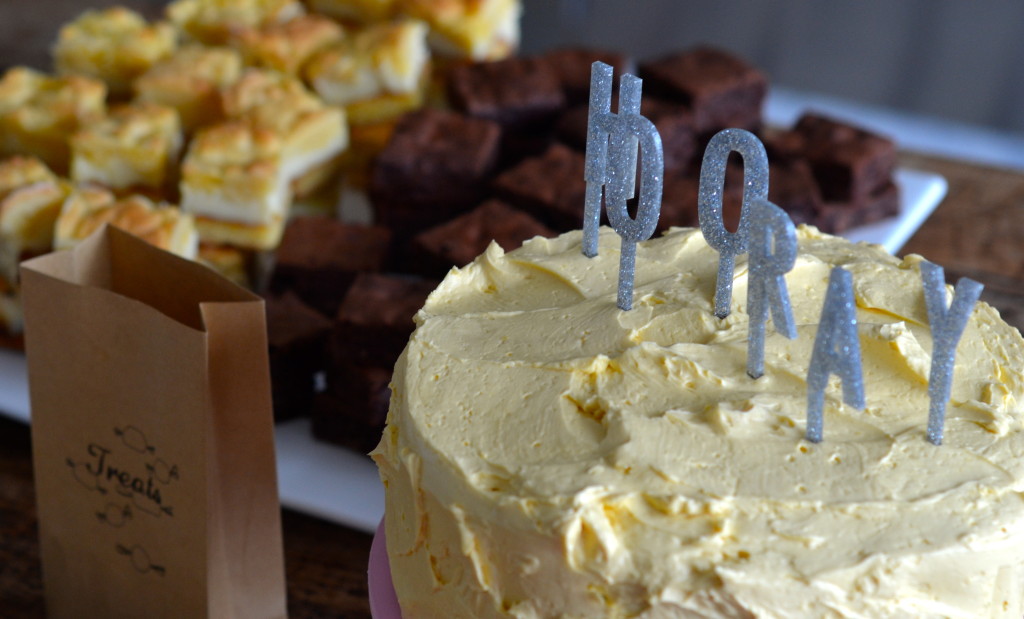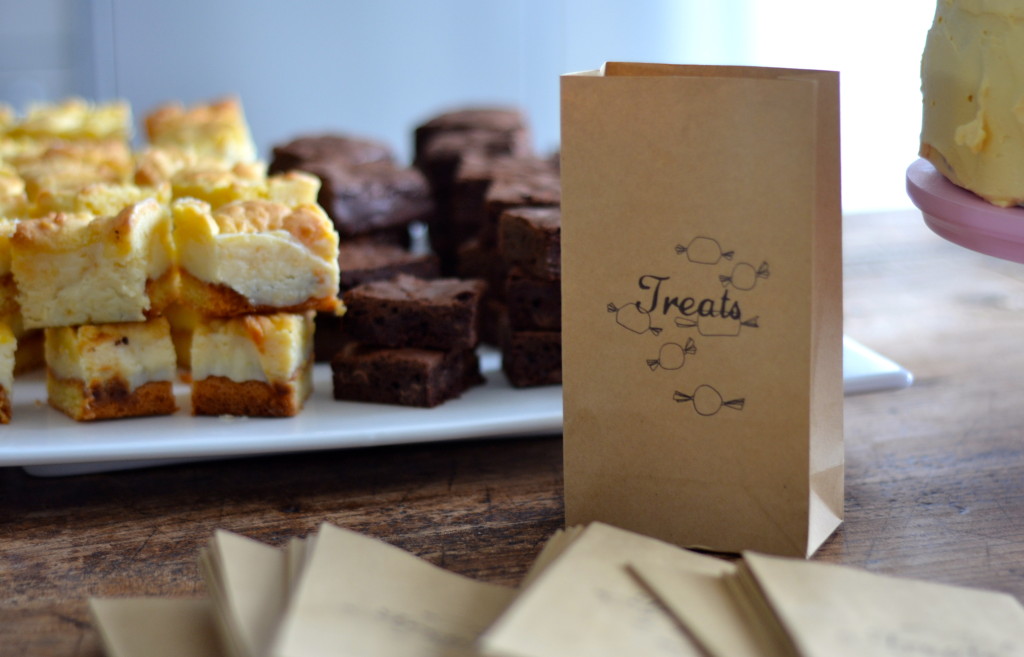Easter came and went in a bit of a blur this year. There were late nights and early mornings, and not too much sleep in-between due to a small someone getting two new teeth. The whole house was a constant hive of activity. There was me in the kitchen preparing food for clients, as well as the family. Ma was the most amazing helper, taking on the responsibility of chief washer-uper. Mark and Pa worked in the back yard, excitingly undertaking preparations for a swimming pool, completion date Summer 2015. There were also cousins running excitedly around, searching for eggs, Thea hot on their tails, not quite yet knowing what all the commotion was about. Thank goodness! So this recipe for matzo ball soup is rather timely, not only for its nourishing and restorative properties after a hectic few days, indeed it is dubbed ‘Jewish penicillin by many, but also because it is a traditional dish consumed during passover (the last day of which, as I write, is today).
A number of years ago I can recall lying on my bed, atop clean, pale grey sheets, the curtains to my right dancing in the breeze, reading Ruth Reichl‘s ‘Garlic and Sapphires’. The scene is still so vivid. The light was bright and the air slightly cool. It was my day off and all alone in the house I was doing one of my favourite things. Reading a book. A simple but escapist activity. As I turned the pages, I absorbed Reichl’s rendition of matzo ball soup and the dish has been firmly imprinted on my mind ever since. It’s something that I have always wanted to make, intrigued to know what it would taste like, but haven’t for fear that it would be too complicated. Fast forward to a week ago when Alice in frames posted a picture on Instagram for Matzo ball soup. I was once again reminded of the day just described, reading about the peculiar Jewish chicken soup. Now though, I was determined to make it, spurred on by the fact there was a big tub of home made chicken stock lurking in the depths of the chest freezer for just this kind of moment.
After figuring out what Matzo crackers are and the substitute, being in Australia, that I could use in their place to make Matzo balls, all additional ingredients are pantry staples; eggs, salt, black pepper and sparkling water. The only other tricky ingredient that is traditionally used to make them is schmaltz or chicken fat. It’s entirely possible to skim the top of chicken stock to gain some, or collect it from the bottom of a tray that a chicken has been roasted in. Being impatient though and determined to make the soup the next day after seeing Alice’s post, I decided to go with her mum’s version and use duck fat. Duck fat is always in the fridge and is great to have on hand. It withstands being used at high heat and imparts something special into the things that it’s cooked with. Roast potatoes are more glamorous, both in name and flavour, seared, plump scallops are made a little bit more wonderful and egg fried rice, extra tasty.
At this point I feel it’s worthwhile mentioning the chicken stock hibernating in the freezer, which makes up the rejuvenating element of the dish. Whenever roast chicken is eaten for dinner, the carcass is never thrown away. Instead it goes into a pot along with cold water and some lemon juice, which helps to extract all the lovely minerals from the bones, and simmers on the stove for most of the next day. And that’s chicken stock, at its most basic at least. Sometimes peppercorns, bay leaves, celery, carrots and onions are added. Even chicken’s feet for their gelatinous qualities. Sometimes not. Making this practice part of a kitchen routine will result in beautiful, nutritious, home cooking. Use the resulting stock to make risotto, cook quinoa, braise vegetables, create delicious gravies, master velouté sauces and add to smoothies, yes REALLY-it’s fantastic for gut and joint health and along with a banana, no-one would ever know. Thea and I pinkie promise x
Matzo ball soup
Adapted from a recipe by Smitten Kitchen
For the Matzo Balls
- 1/2 cup Salada crumbs
- 2 eggs, beaten
- 2 tbsp duck fat
- 1 tsp salt
- 1/4 tsp black pepper
- 2 tbsp sparkling water (renowned to make the balls extra light)
For the soup
- 2 litres chicken stock, preferably home made, but a a good quality store bought one would be fine
- 1 carrot, peeled and finely sliced
- a few chopped herbs like parsley or dill, or a handful of frozen peas, or all of the above
To make Salada crumbs, simply whizz the crackers in a food processor until they resemble sand, then mix them with all the other matzo ball ingredients. Cover the mixture and place in the refrigerator for at least 30 minutes. From this point on, the matzo balls will be referred to as simply balls, owing to the fact that in this recipe they contain no Matzo crackers.
When you are ready to make the soup, bring 1.5 litres of well-salted water to a rolling boil in a medium sized pot. Reduce the heat so that the water is just simmering. With wet hands, form ping pong size balls from the Salada mixture and one by drop them into the simmering water. Cover the pot and leave the balls to cook for 30 to 40 minutes.
!0 minutes before the balls are ready, bring the chicken stock, with the discs of sliced carrot, to simmering point. When both the stock is hot and the balls are ready, if they are floating this is a good indication that they are, ladle a few spoonfuls of the stock into a bowl and add two, three or four balls depending on your appetite. Sprinkle with a few herbs and enjoy x

